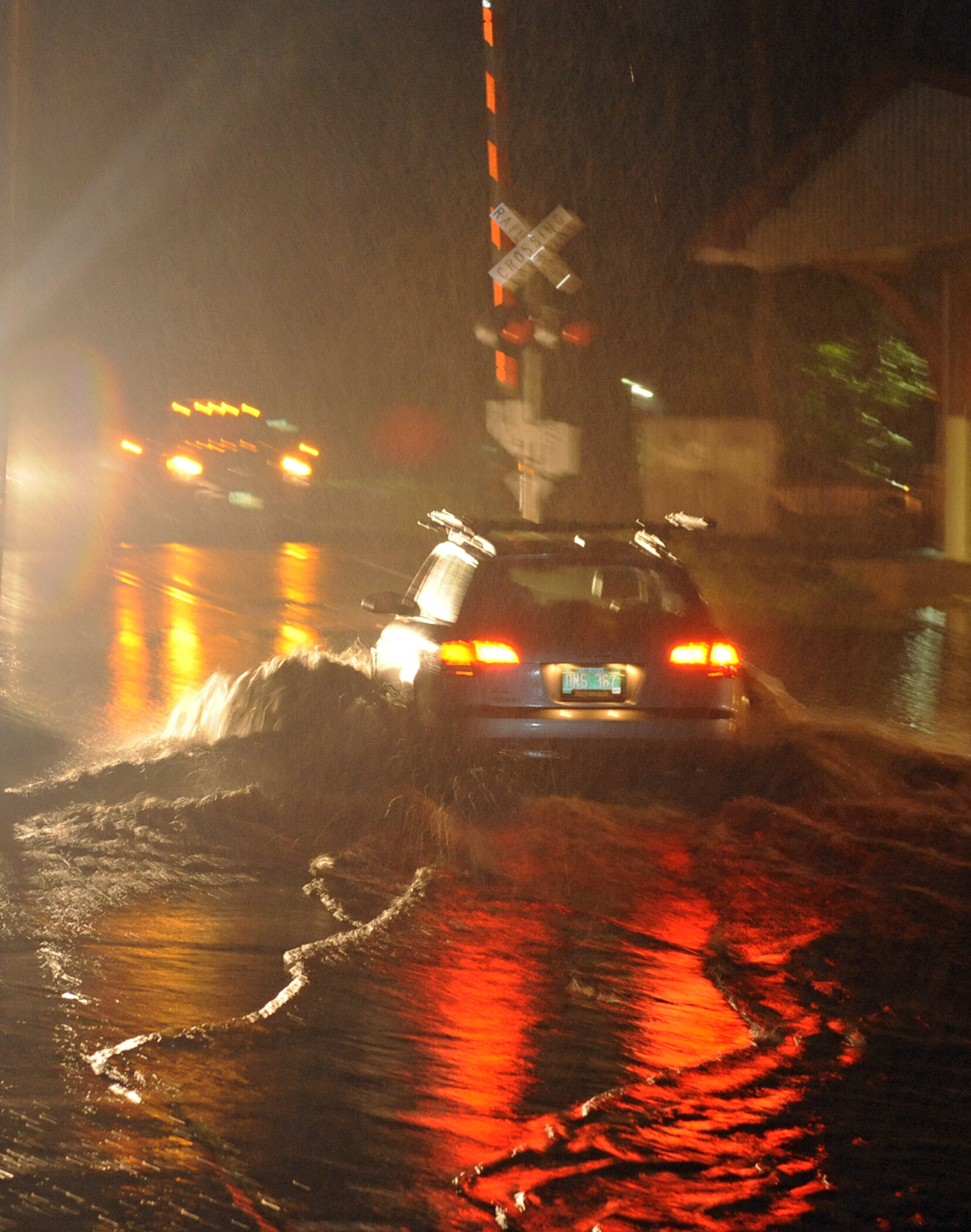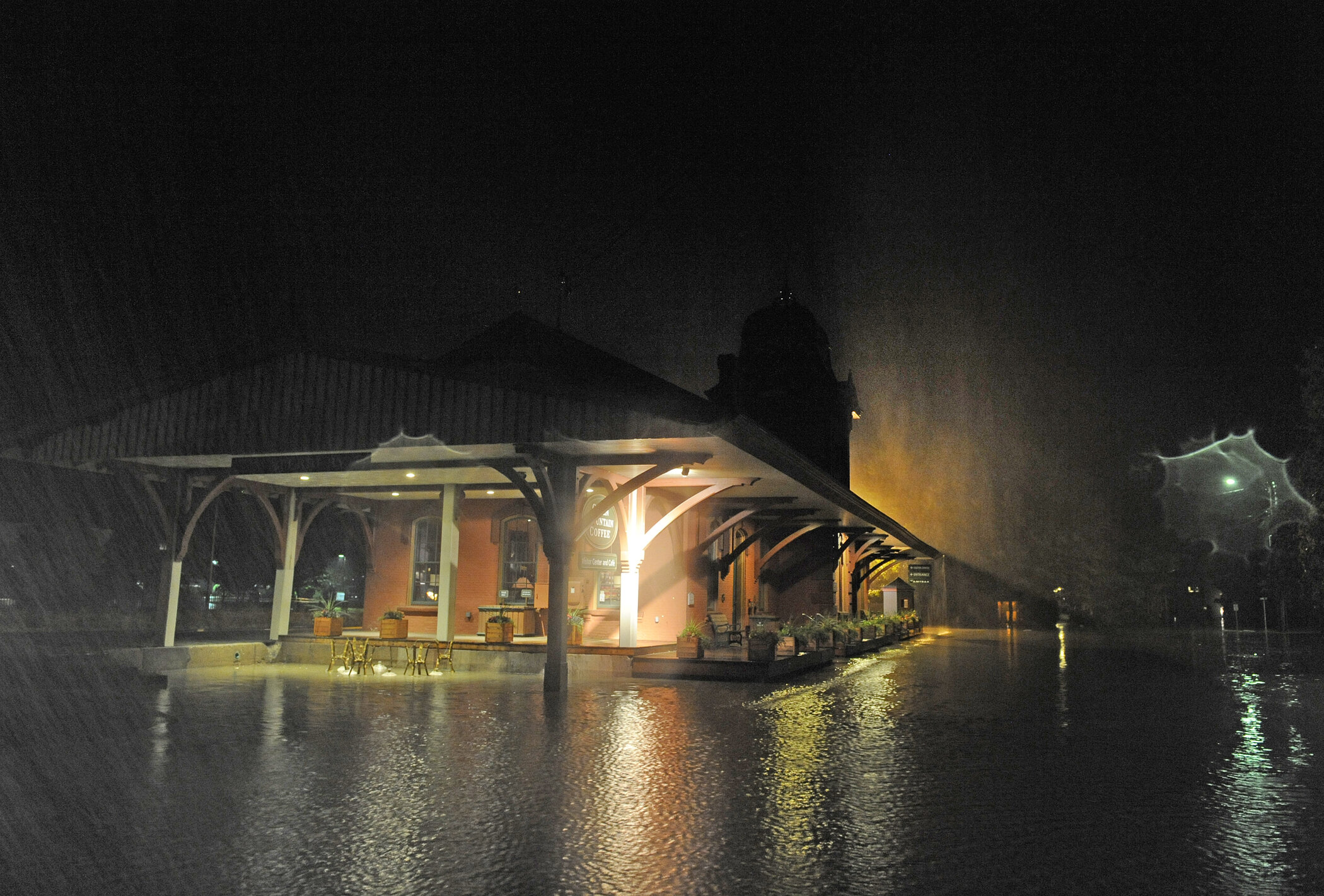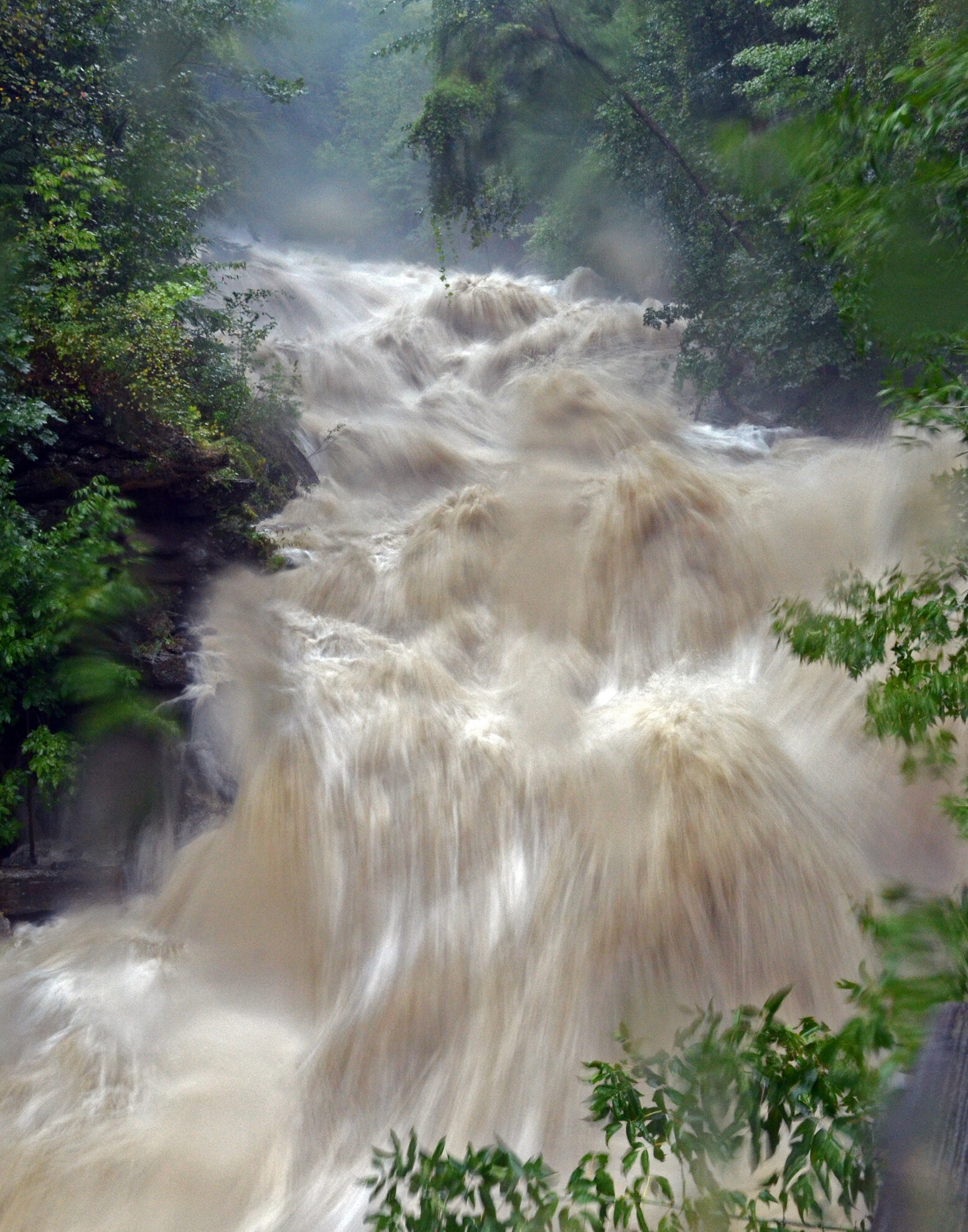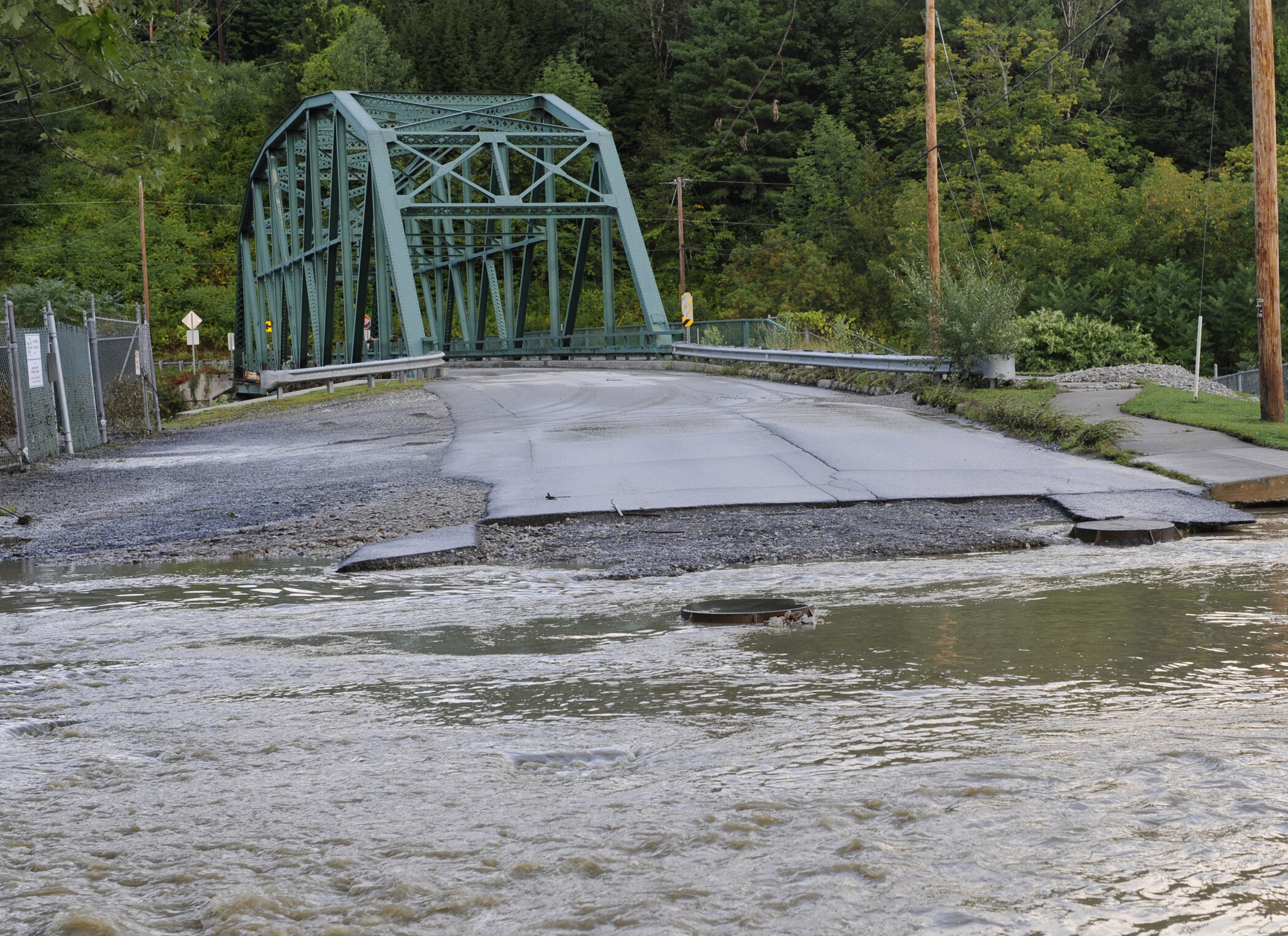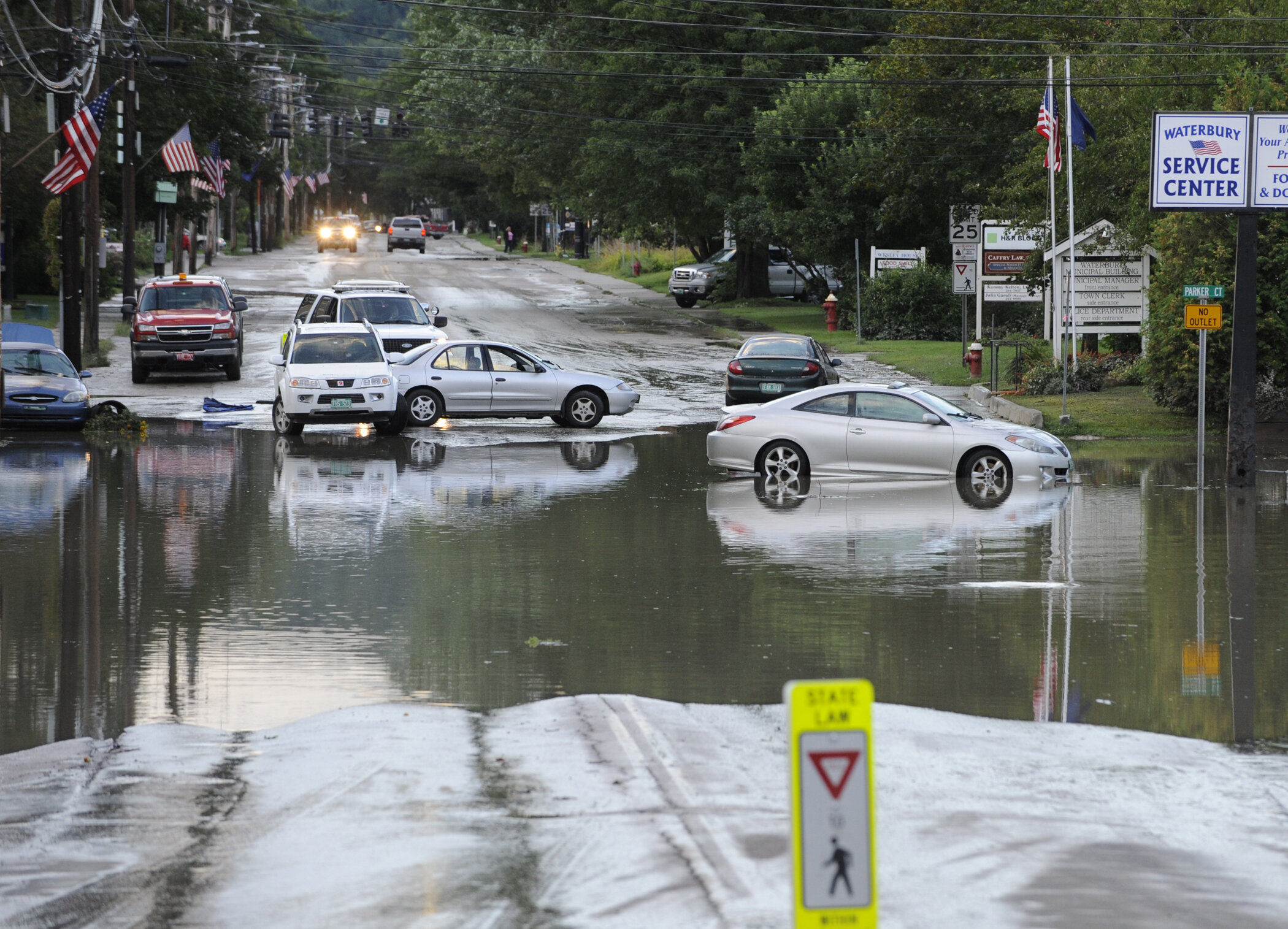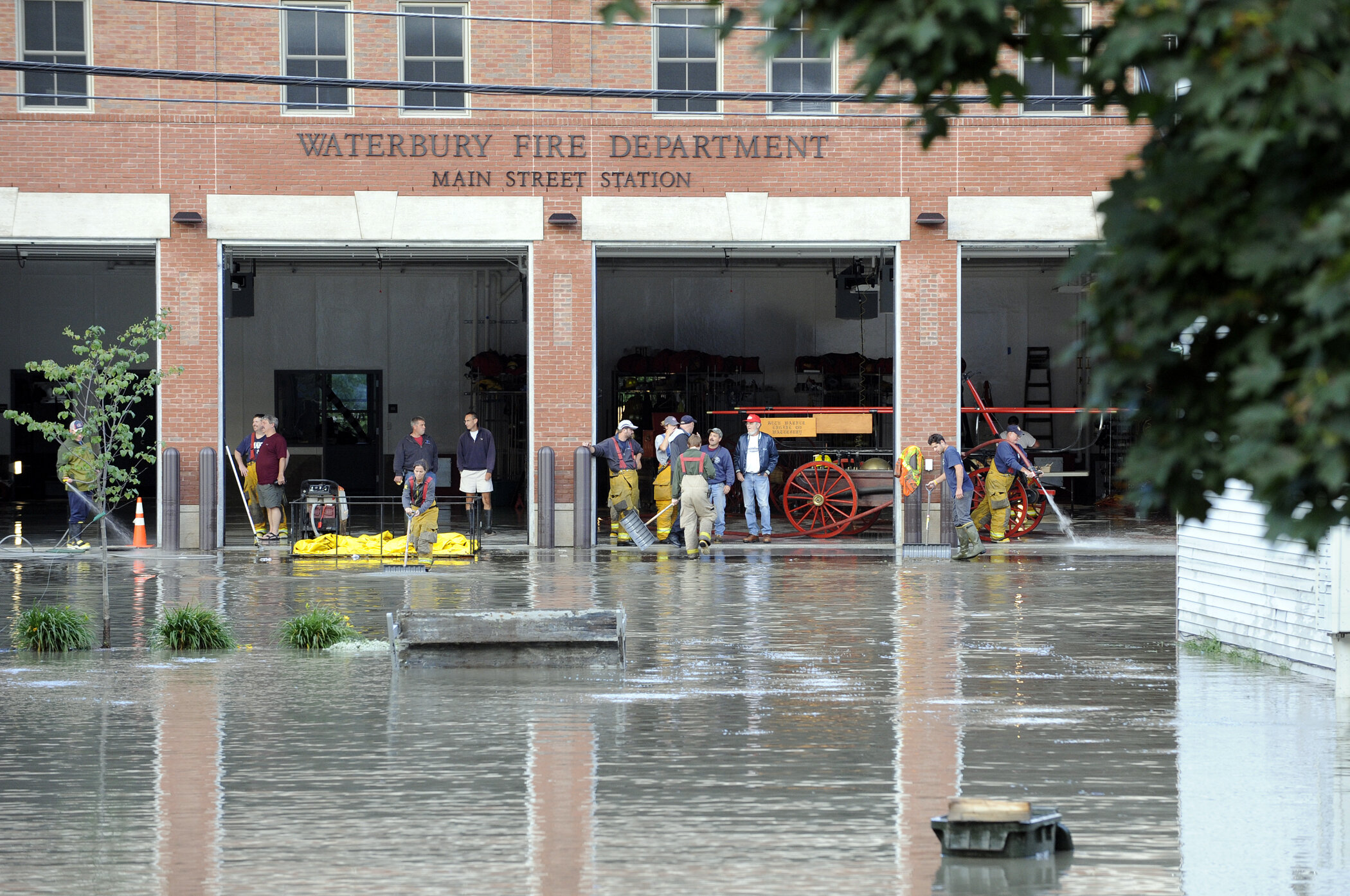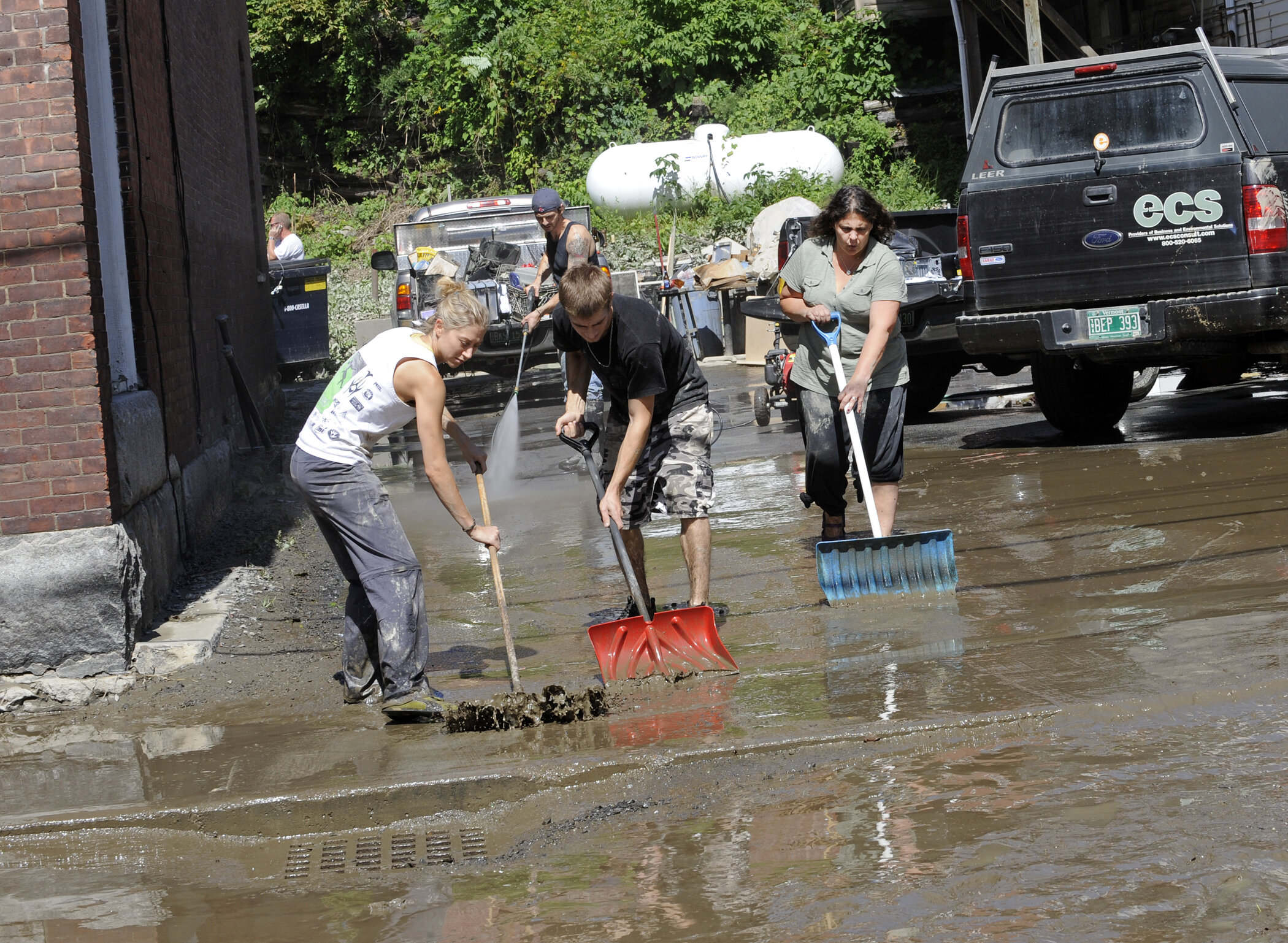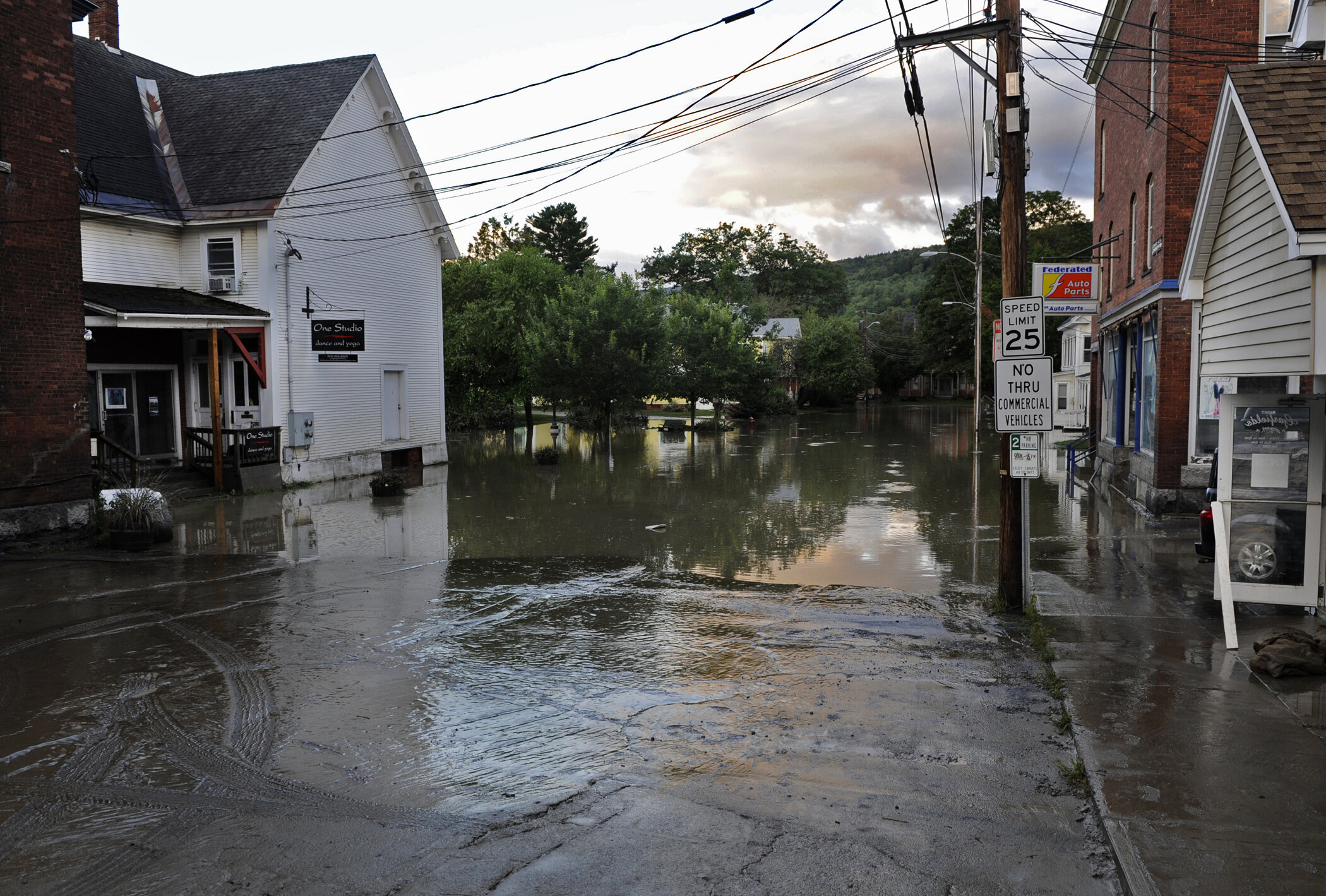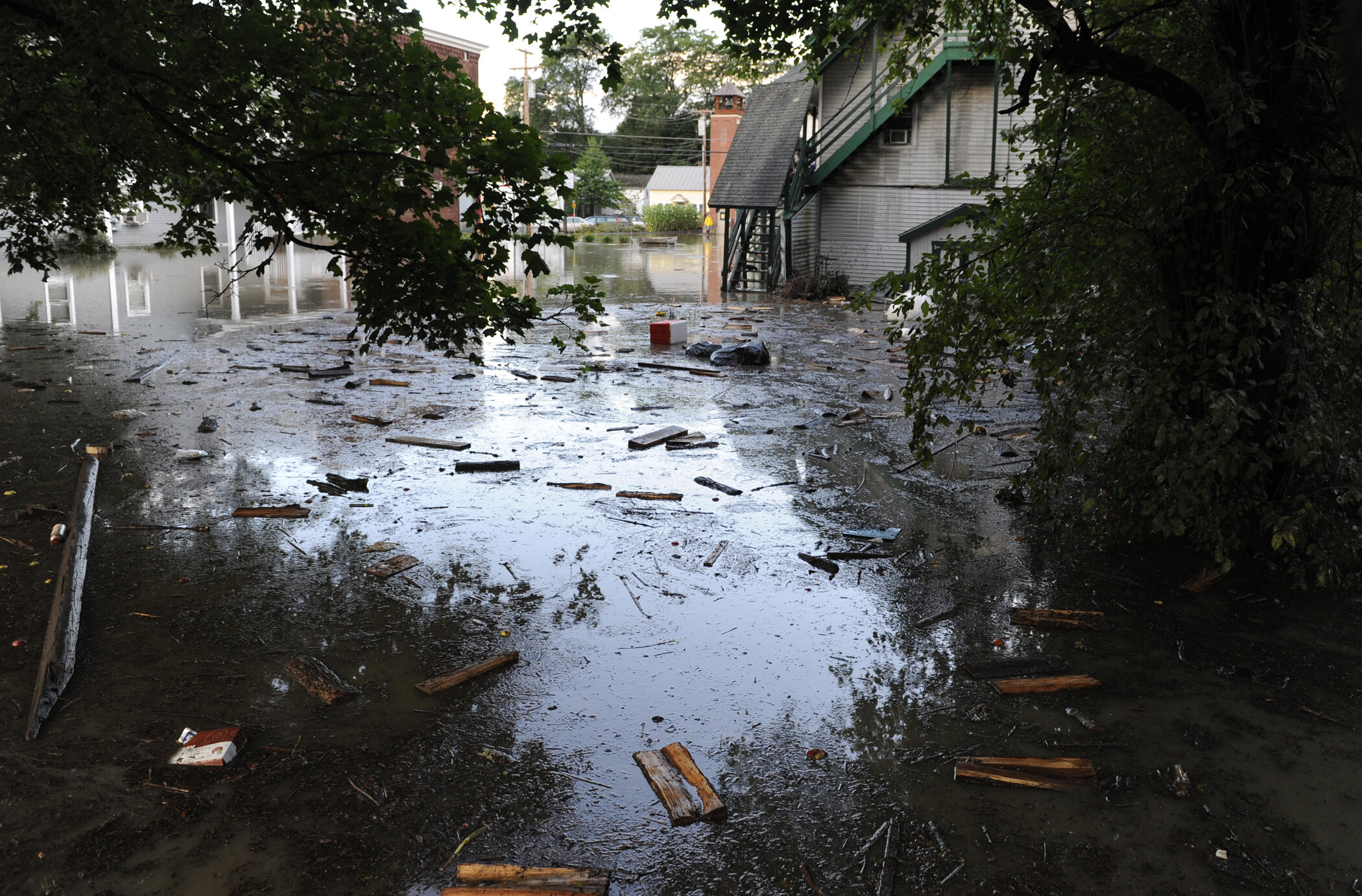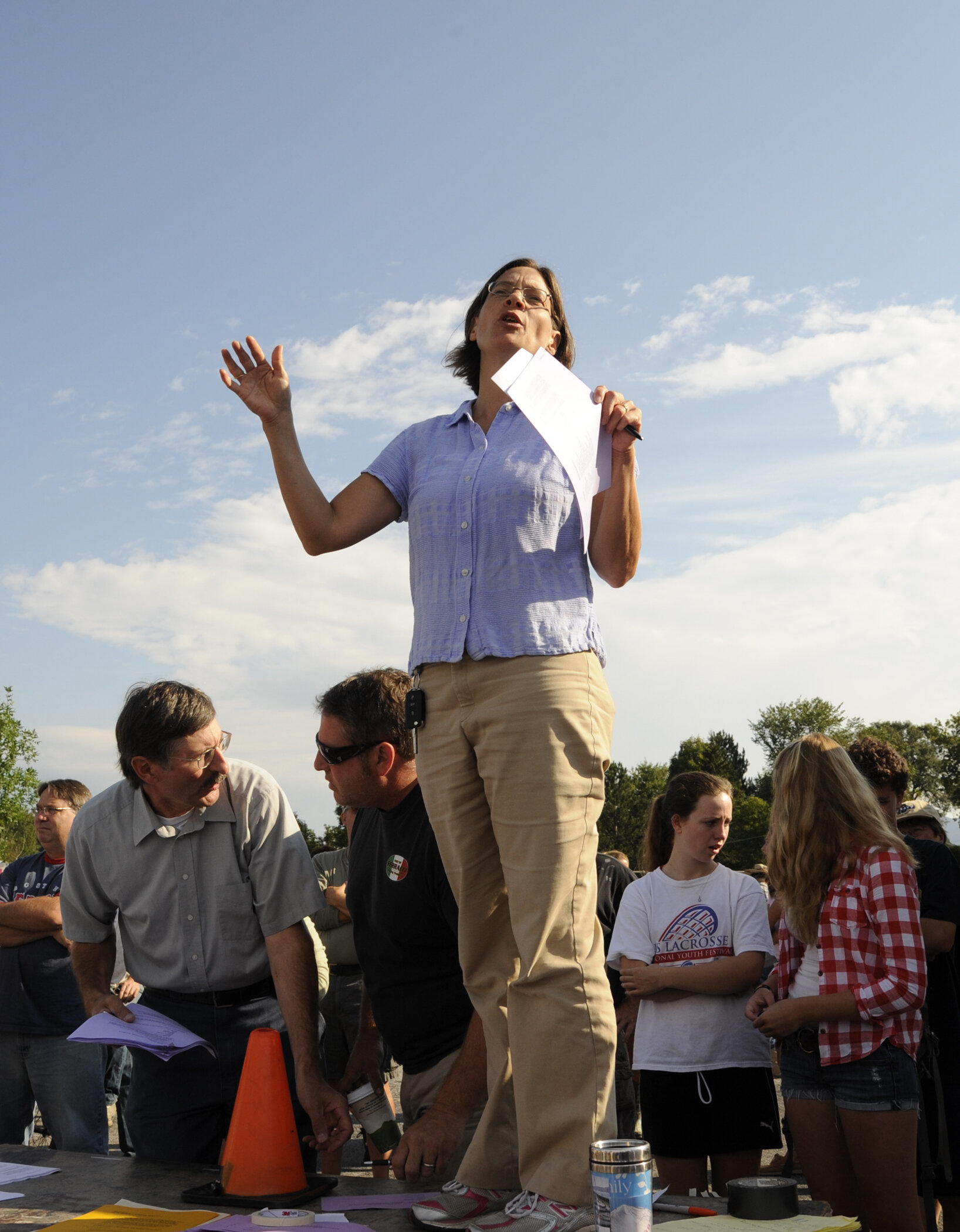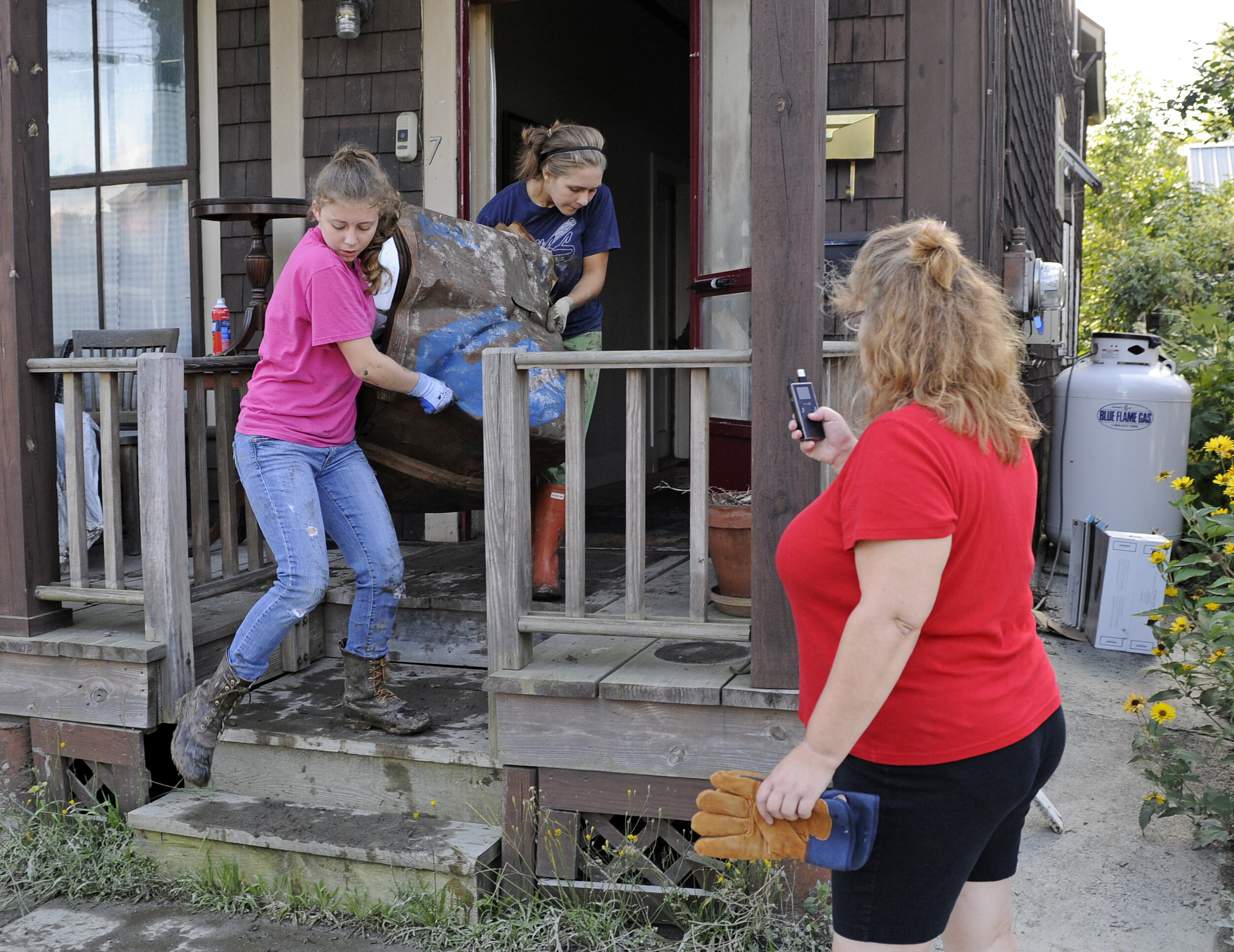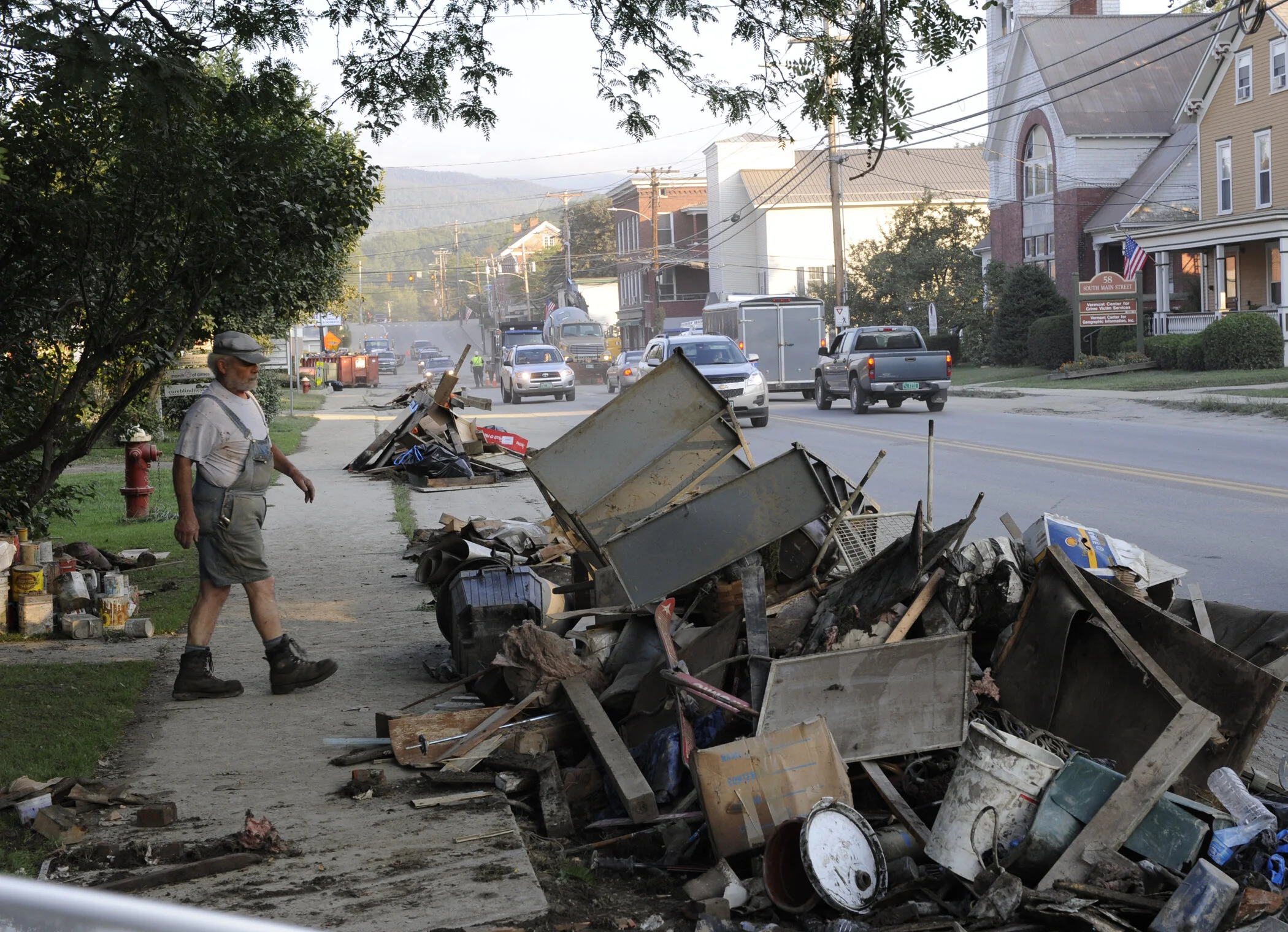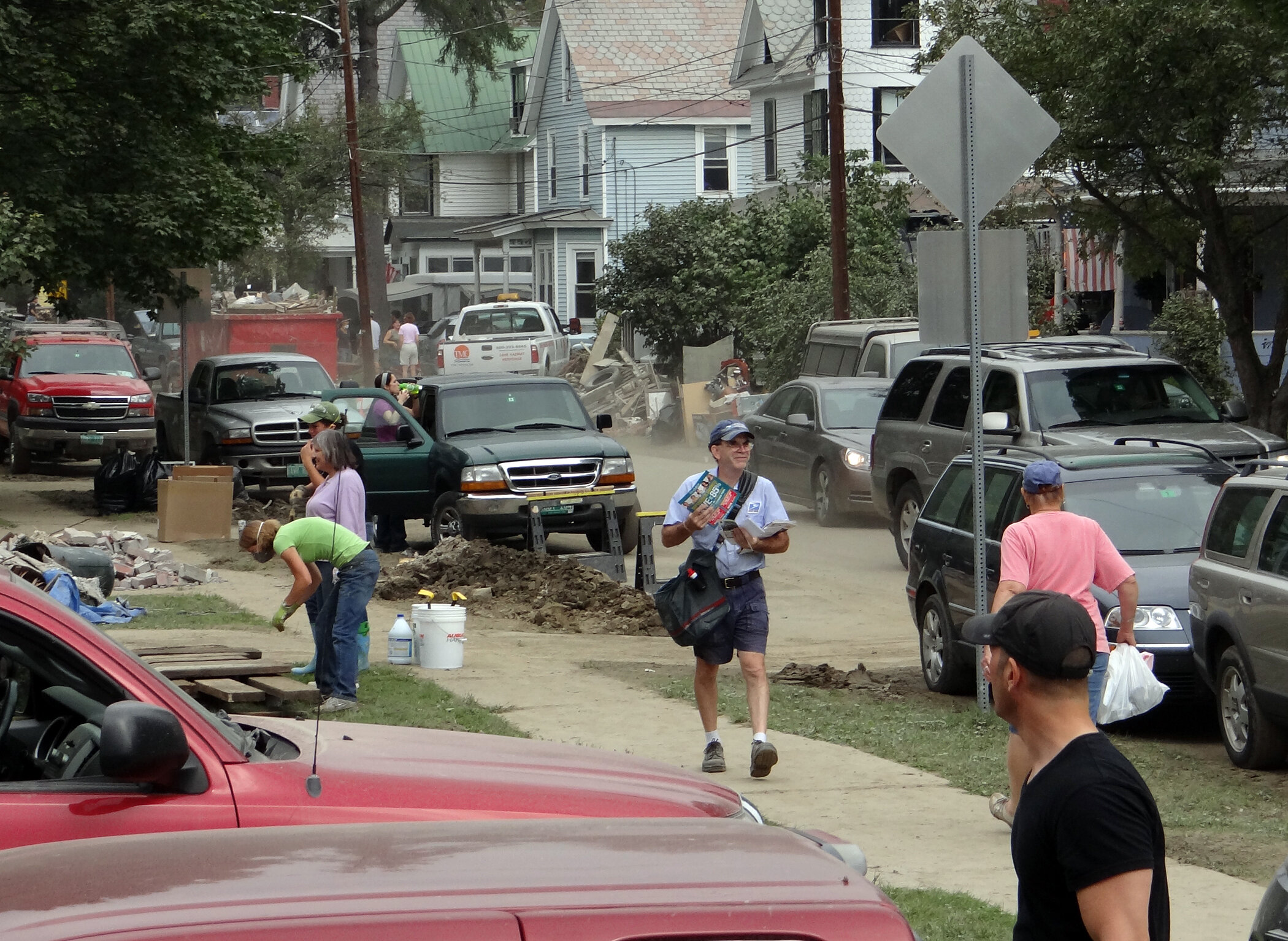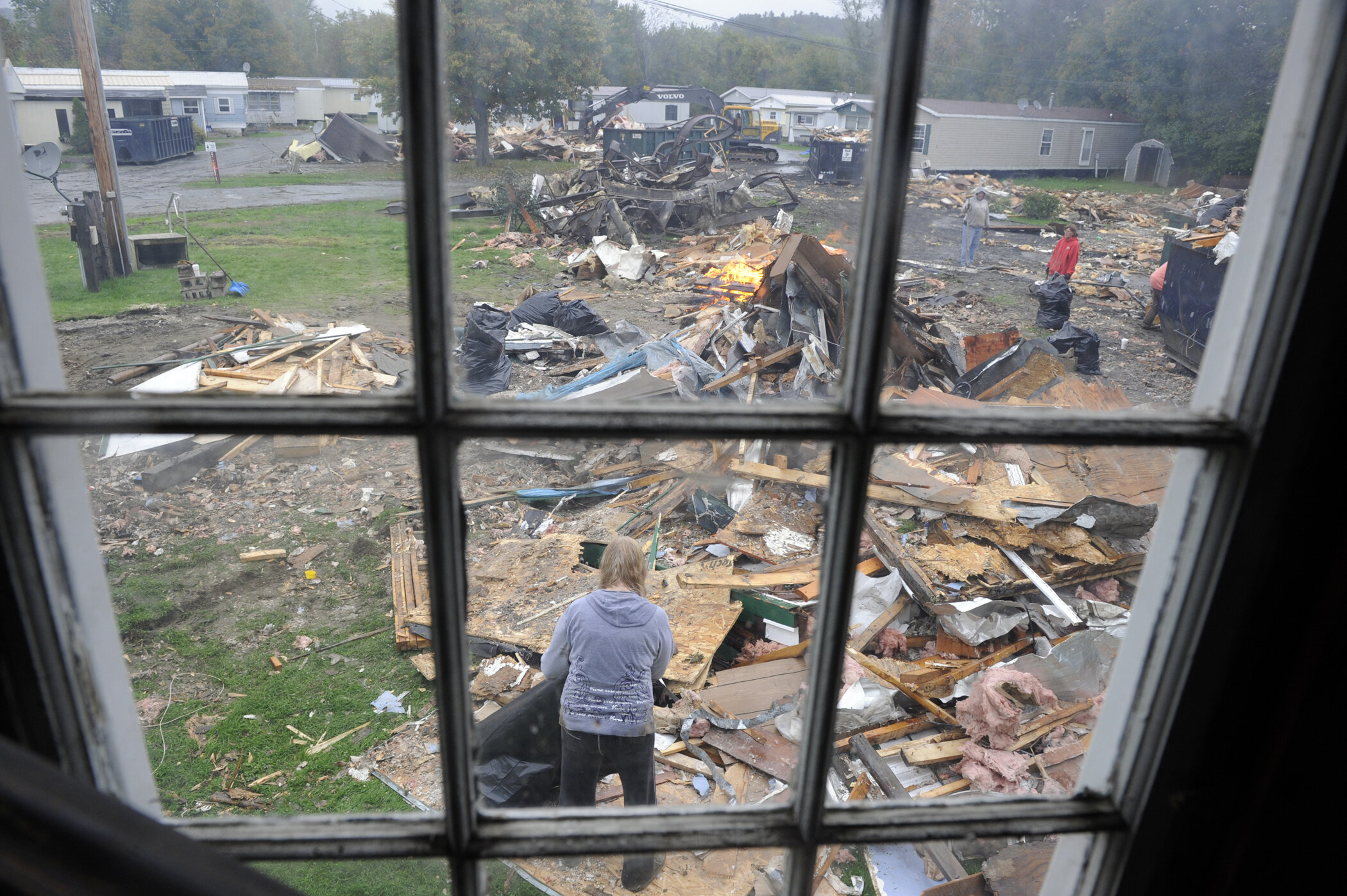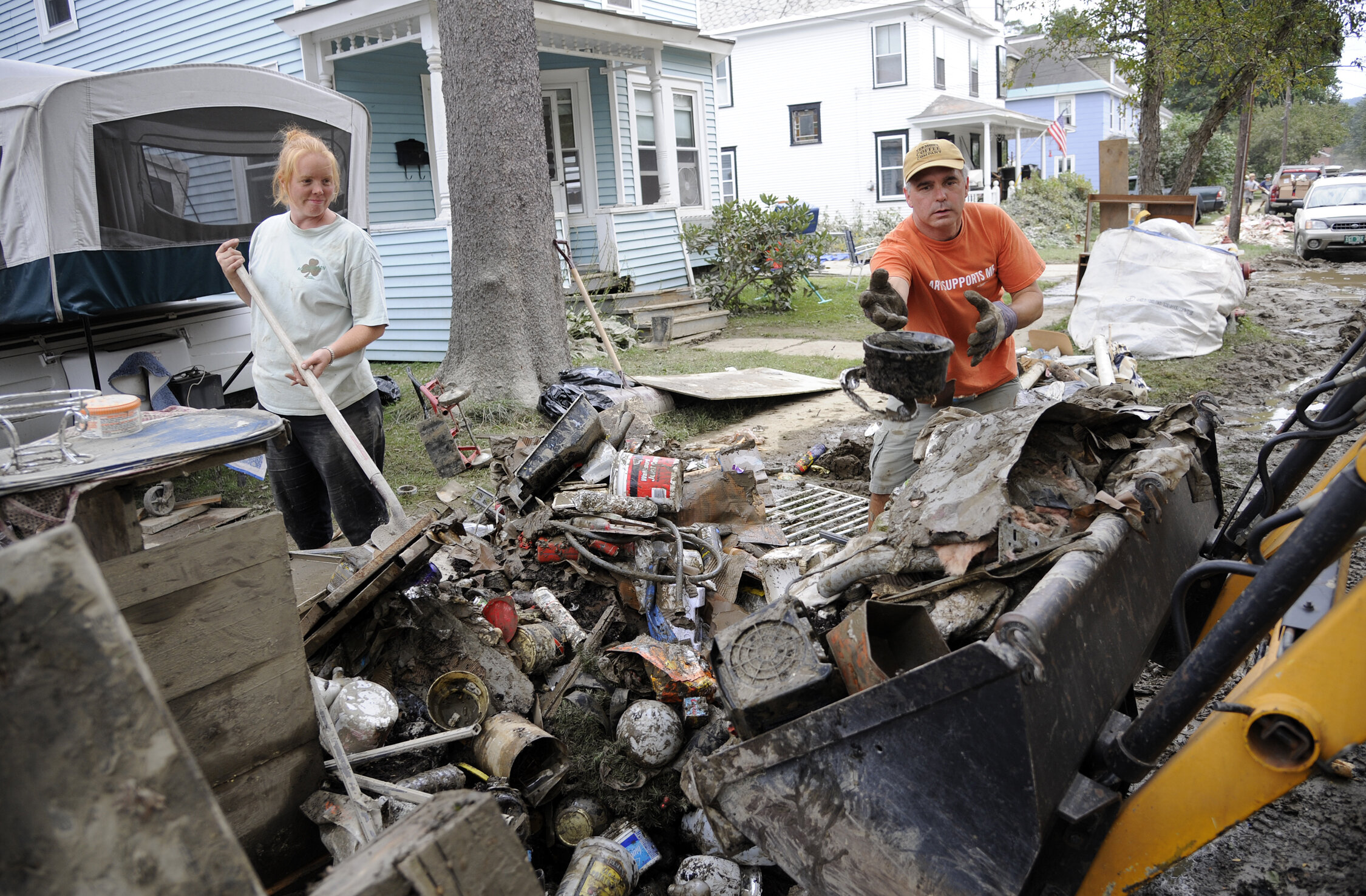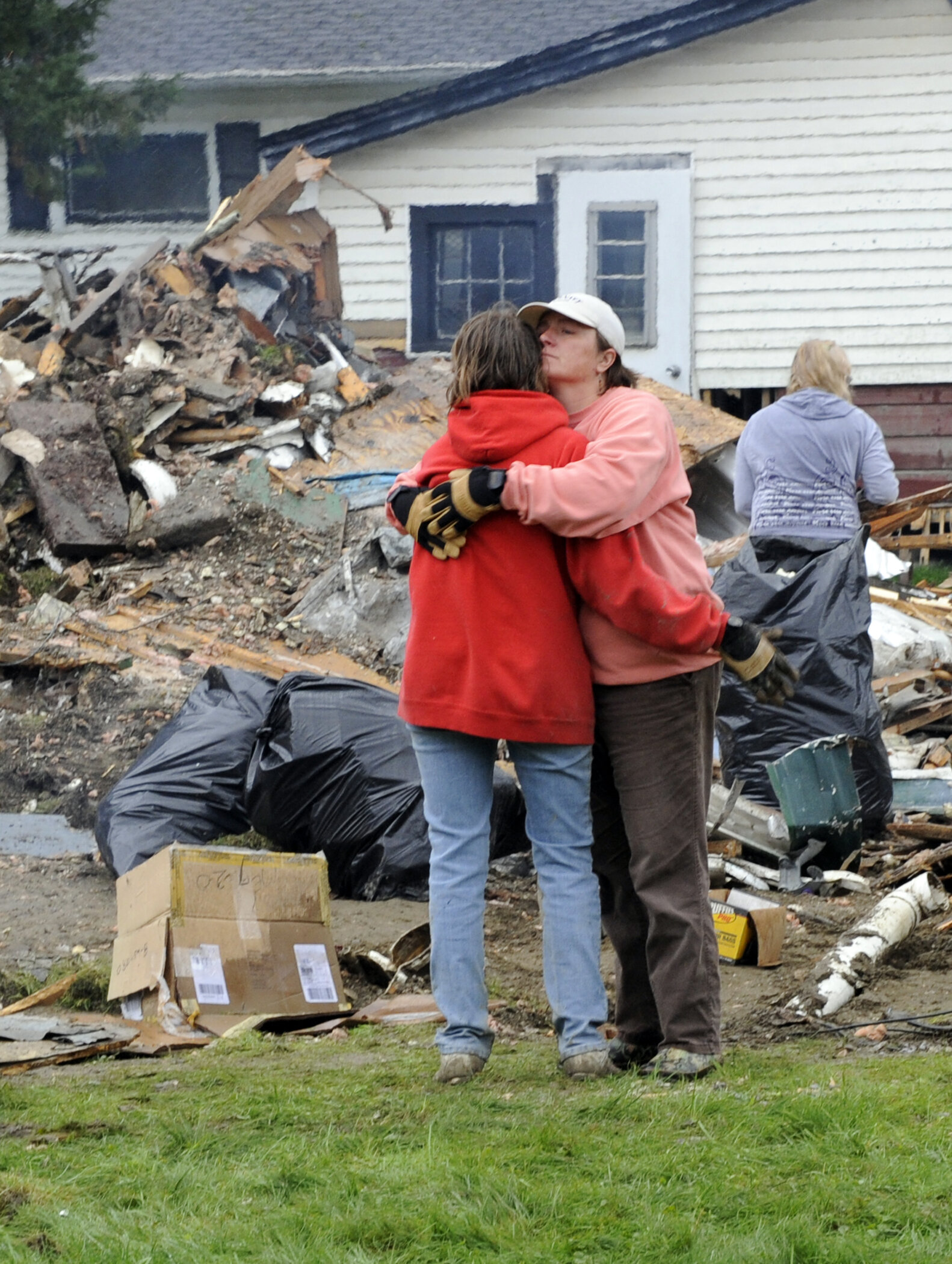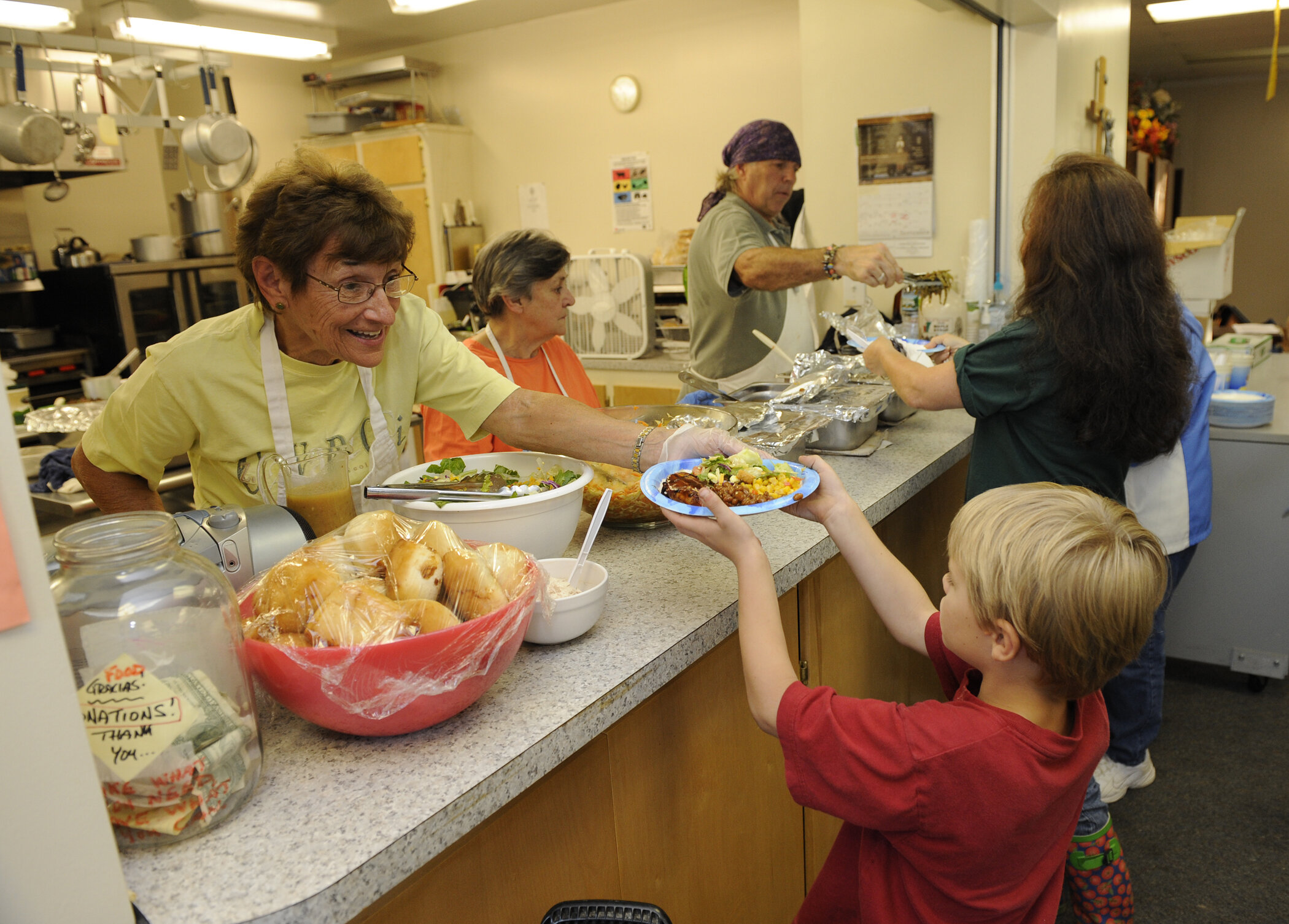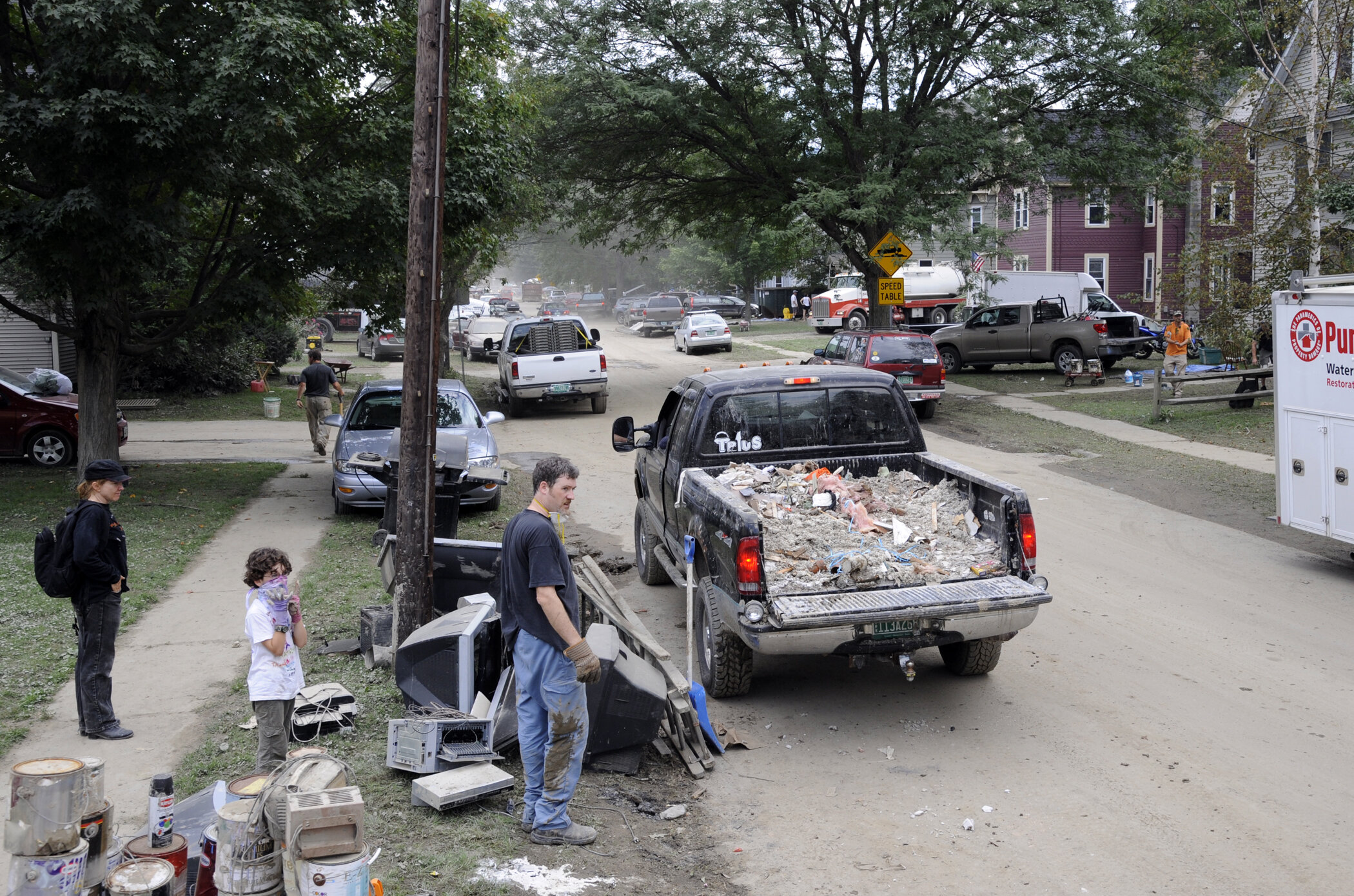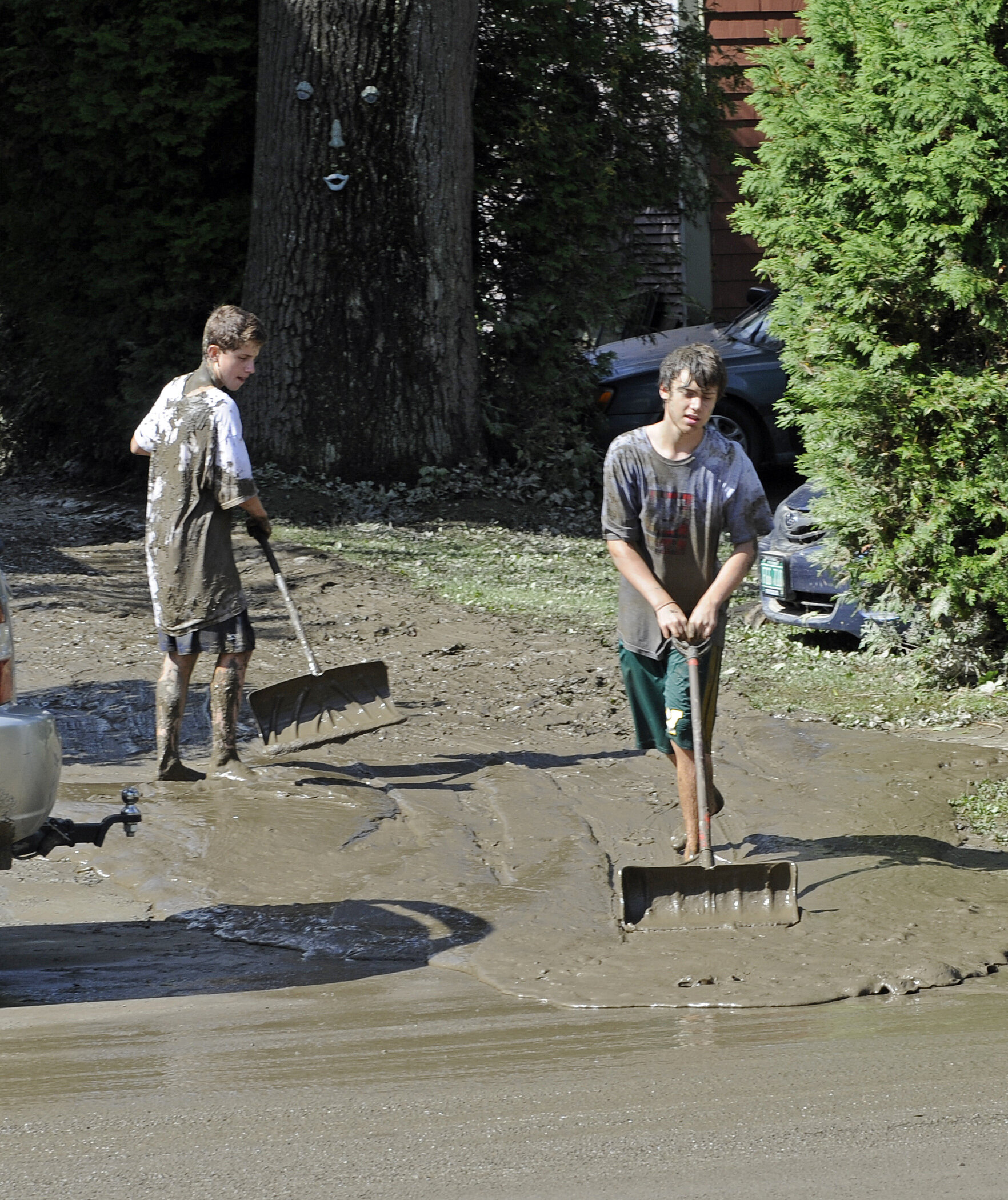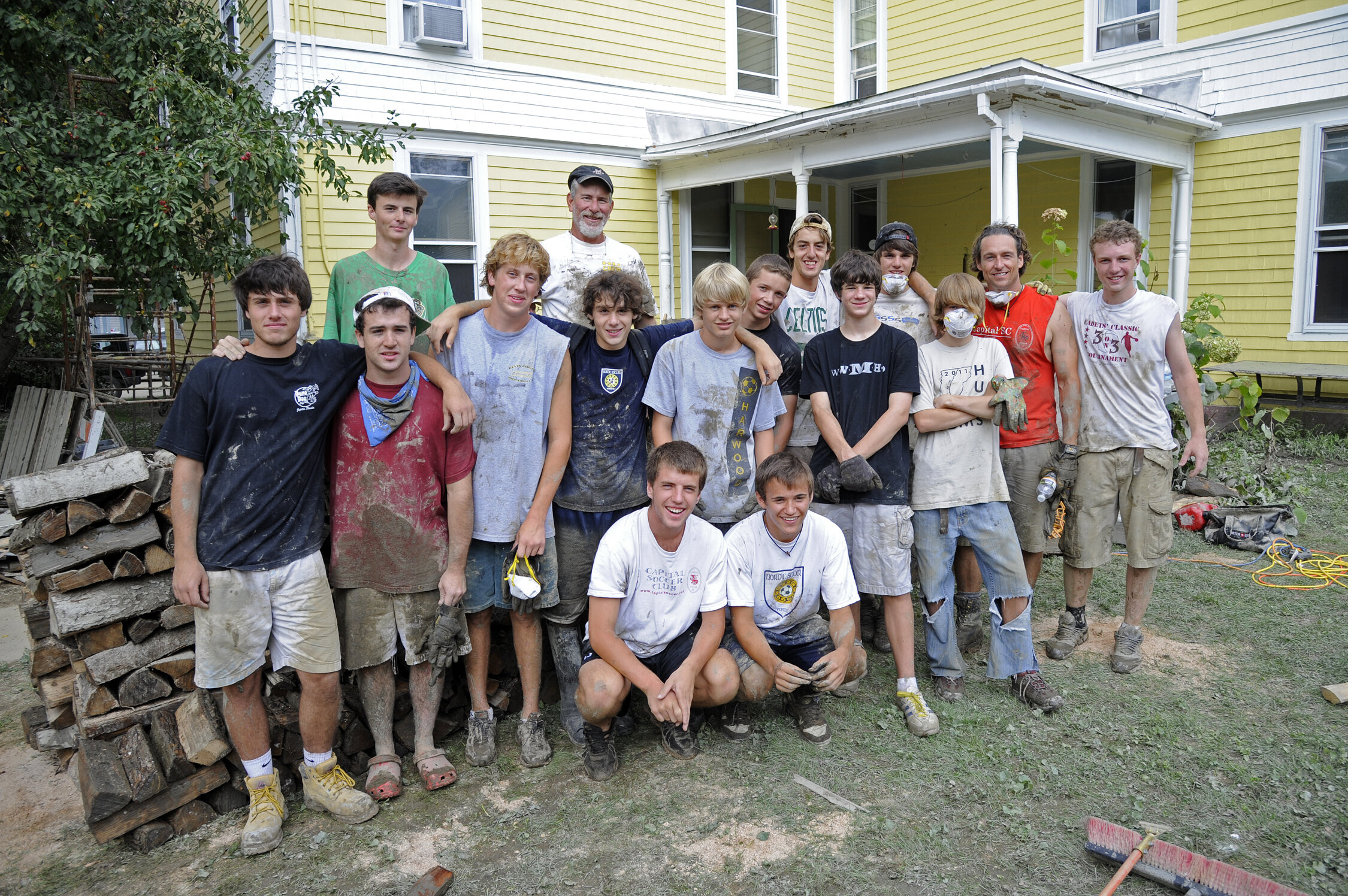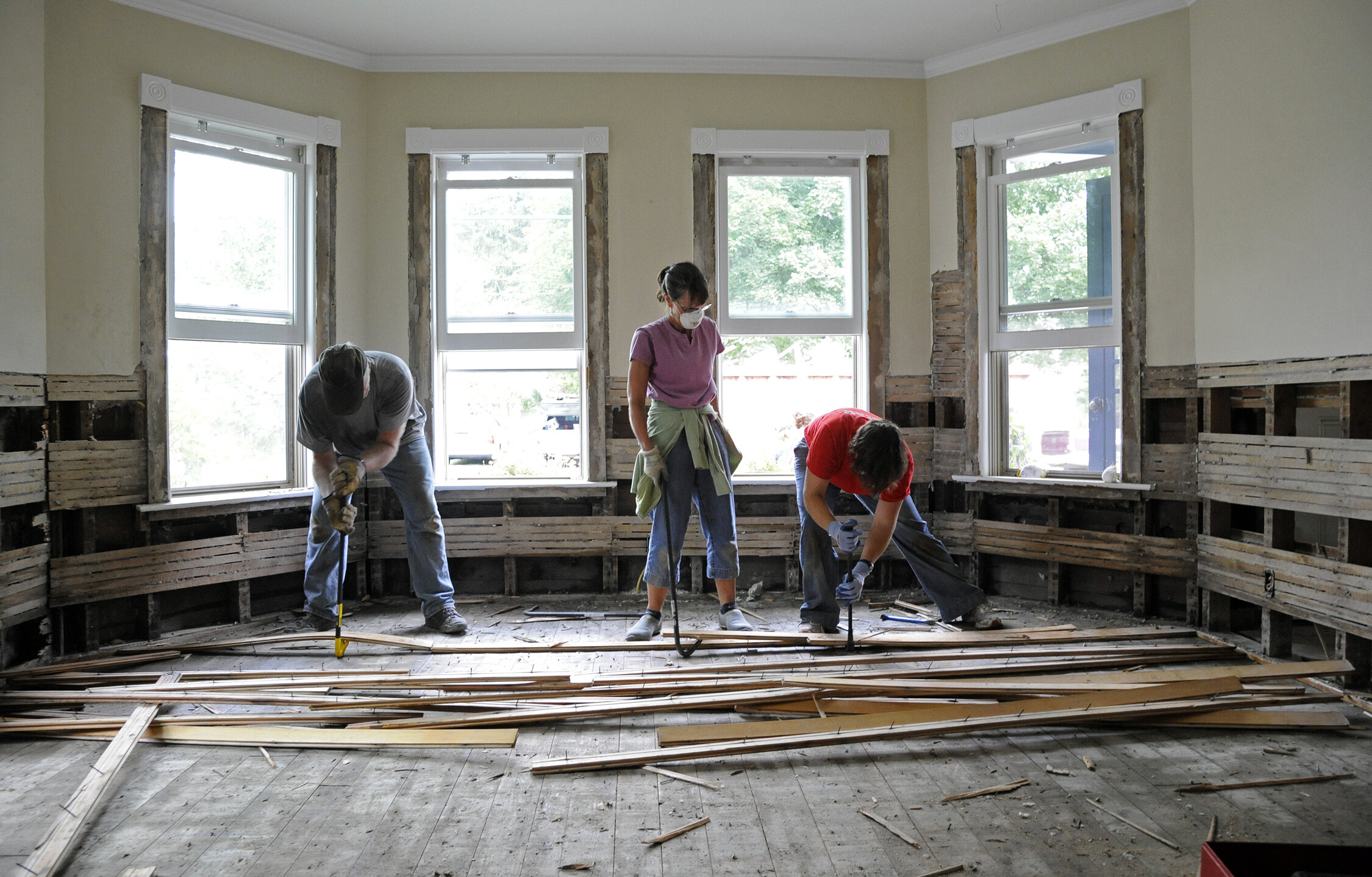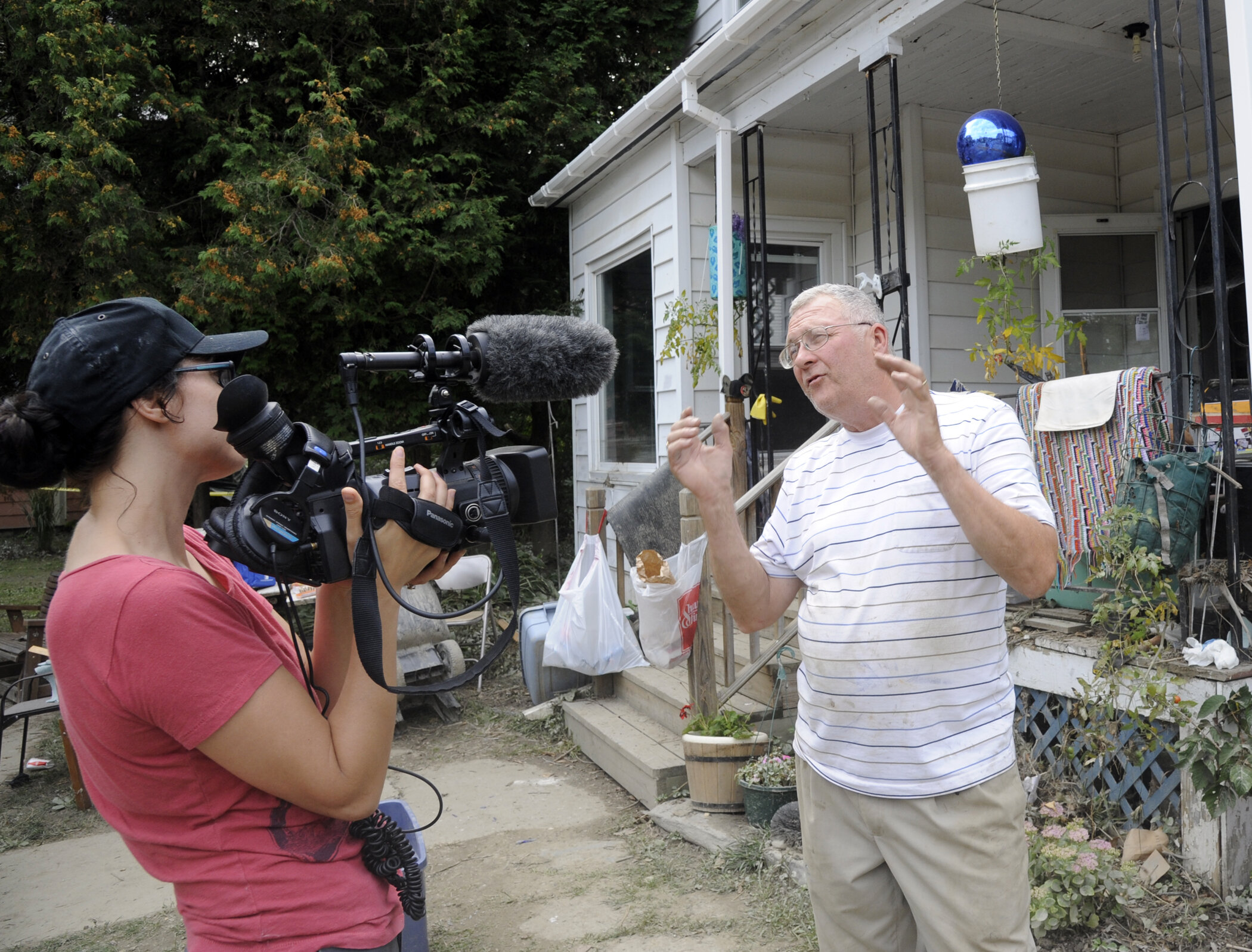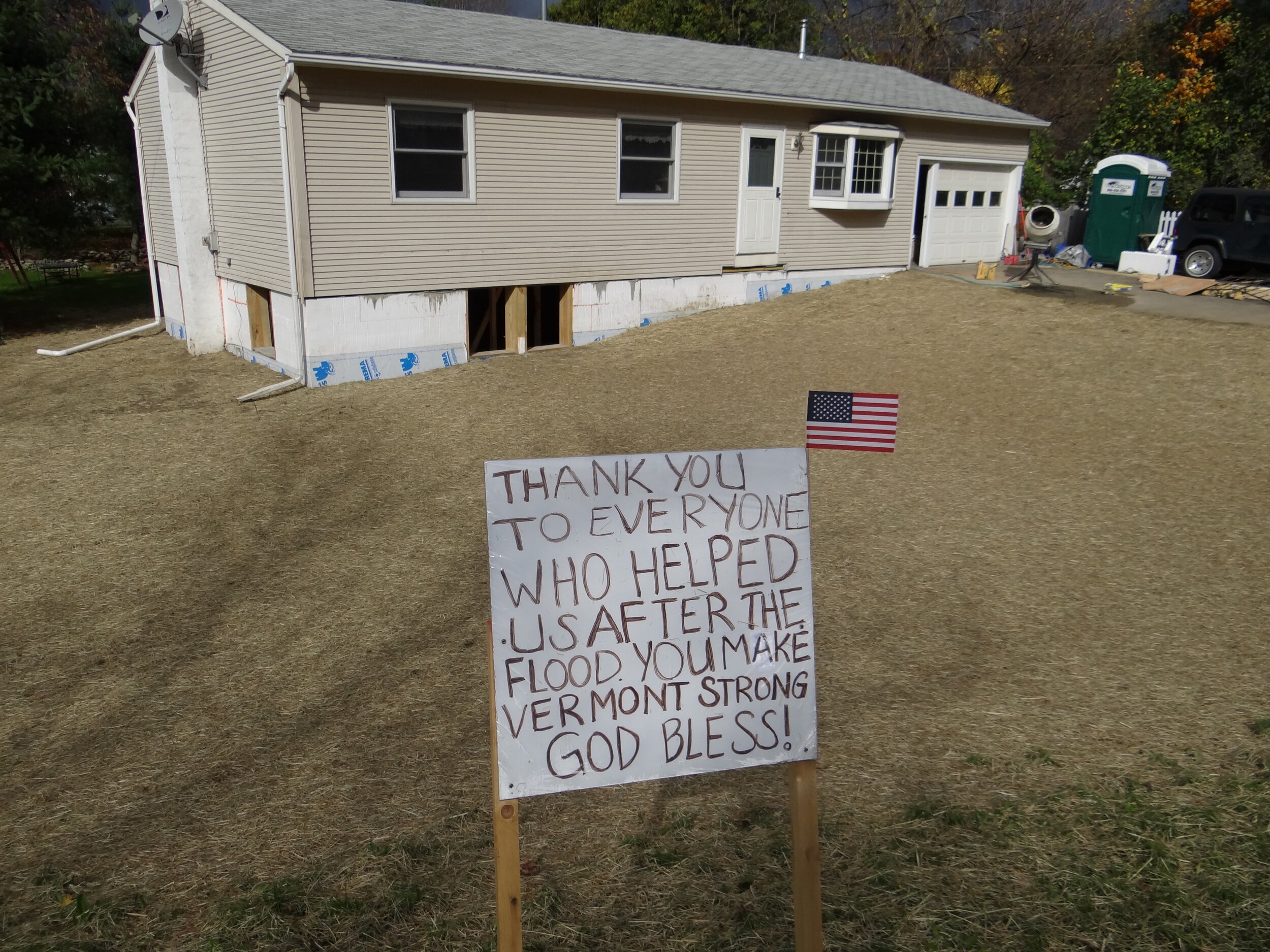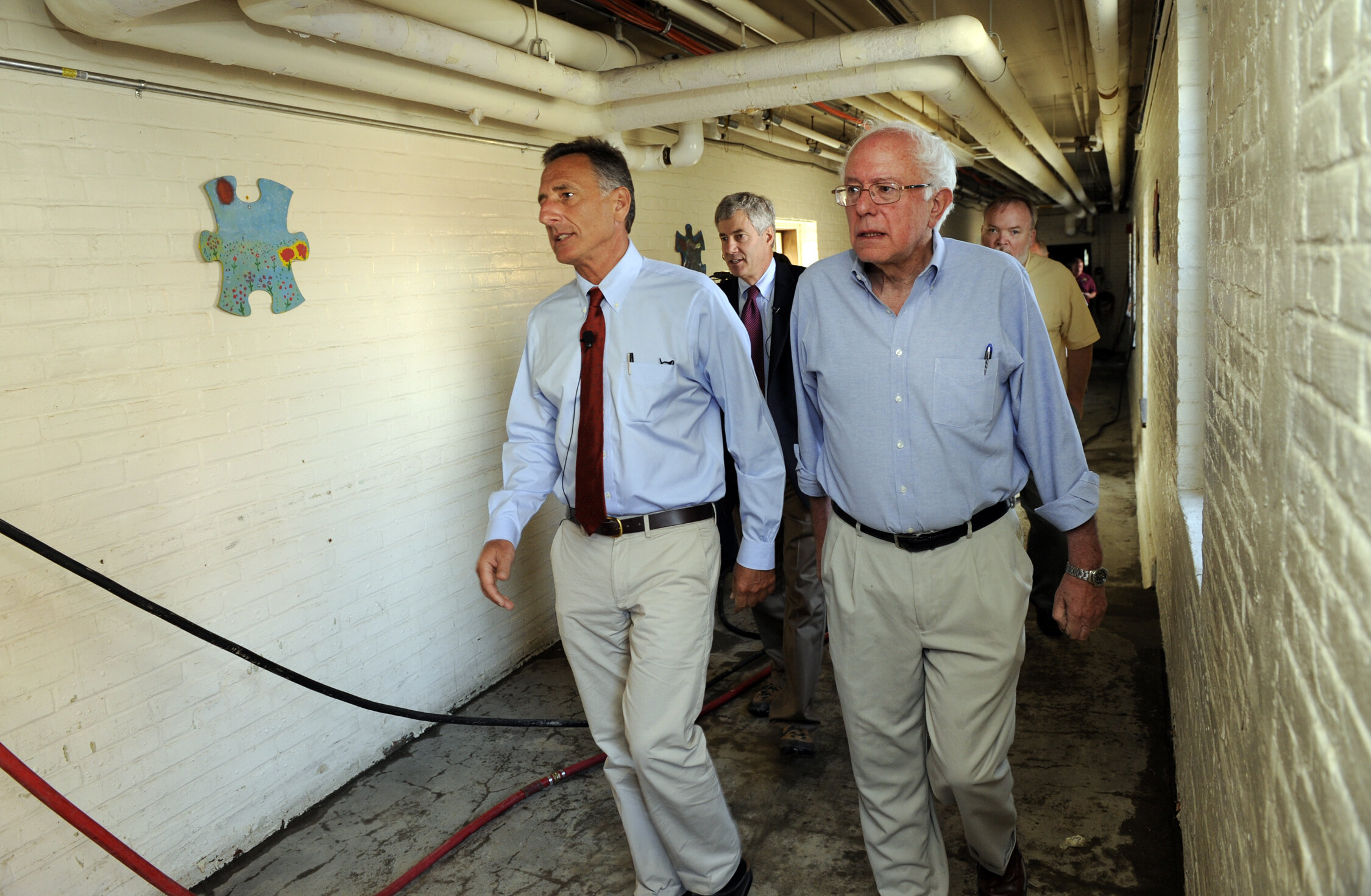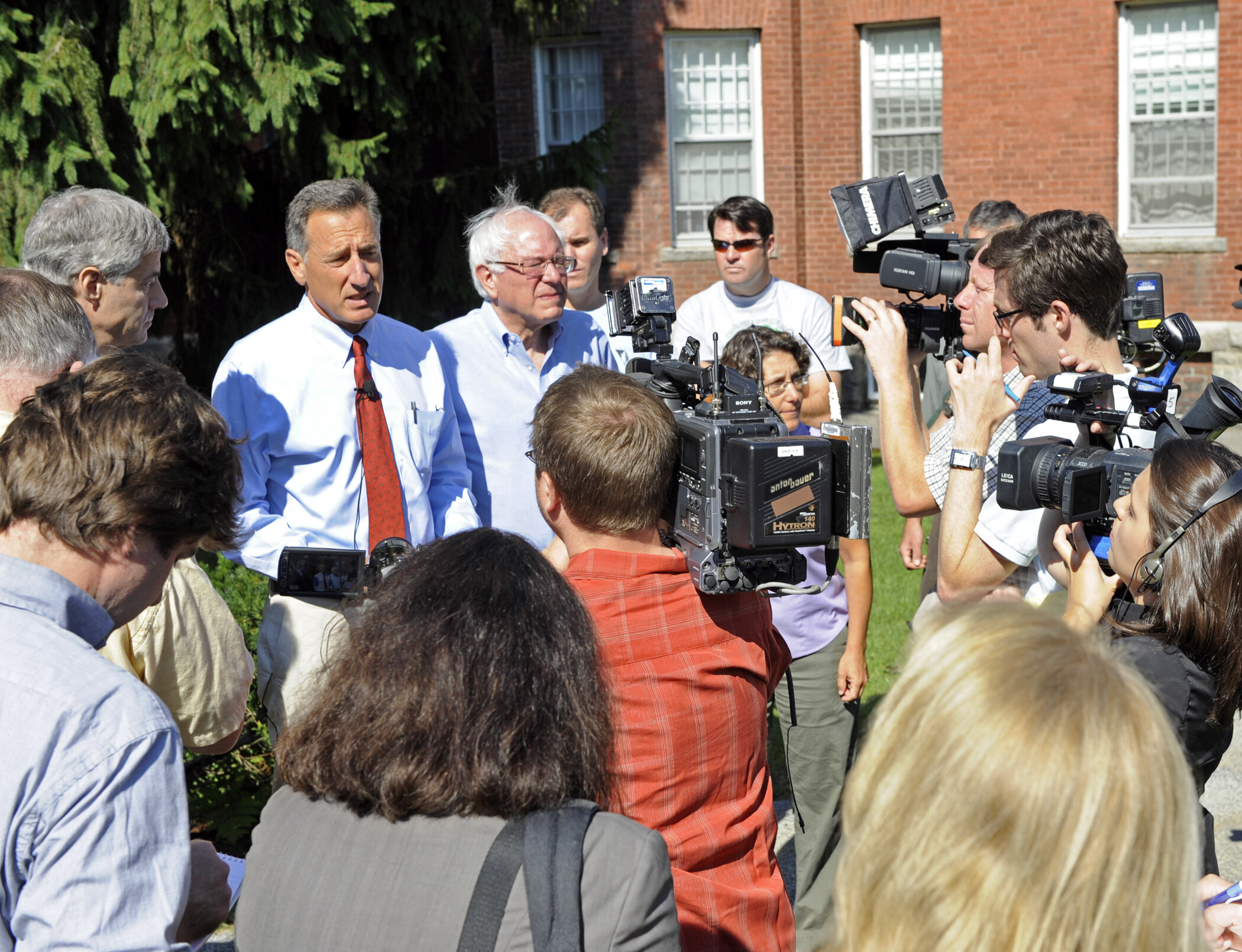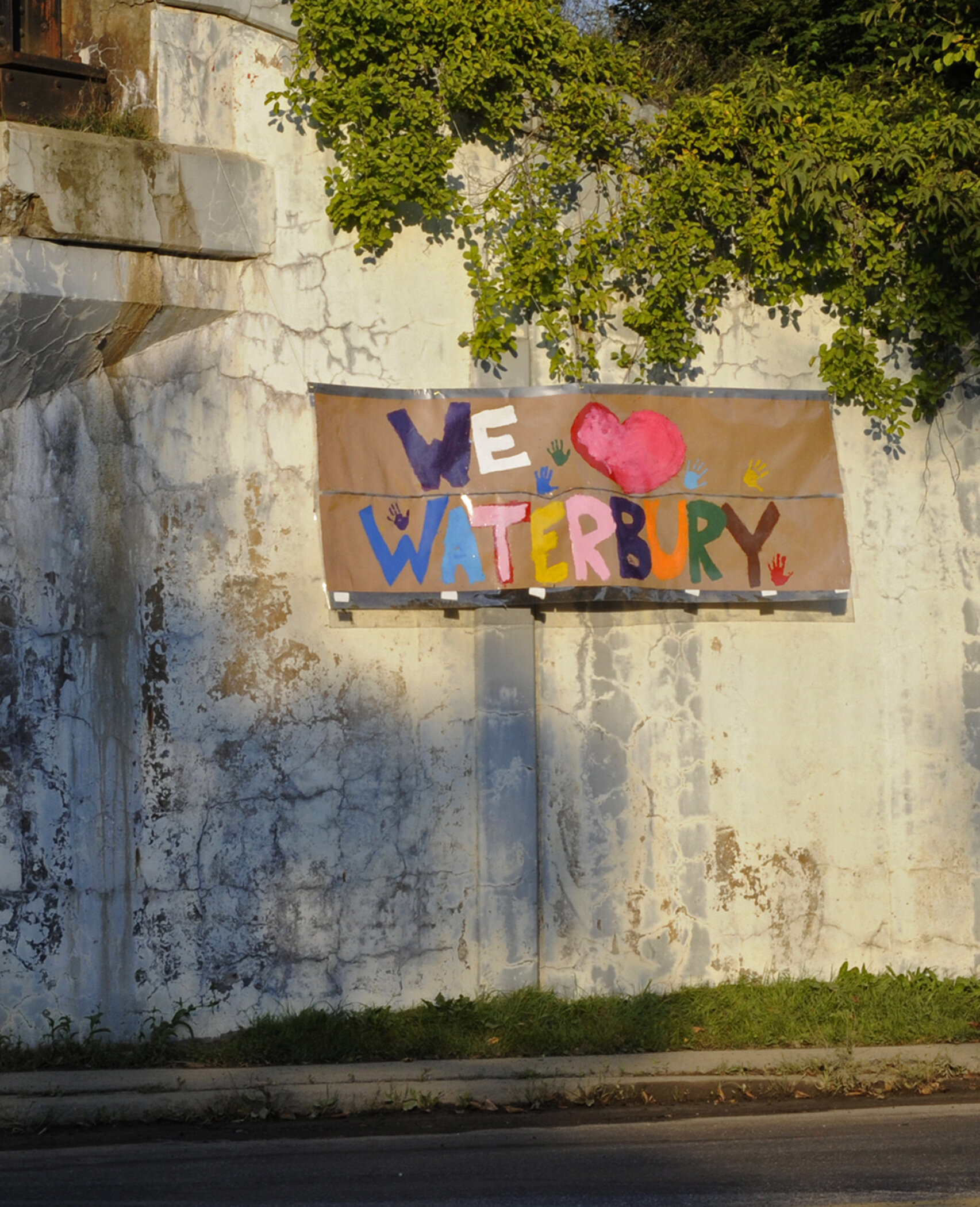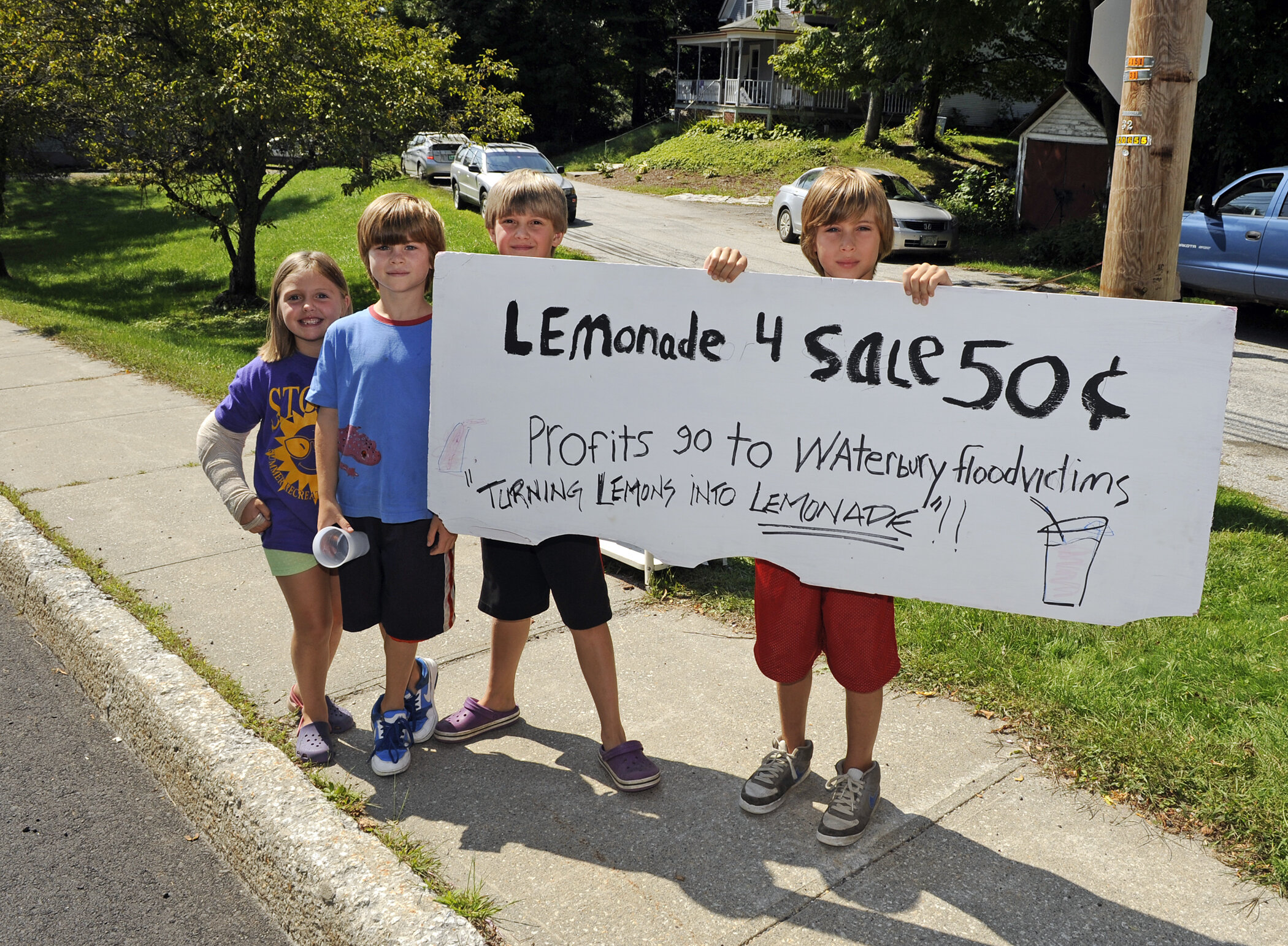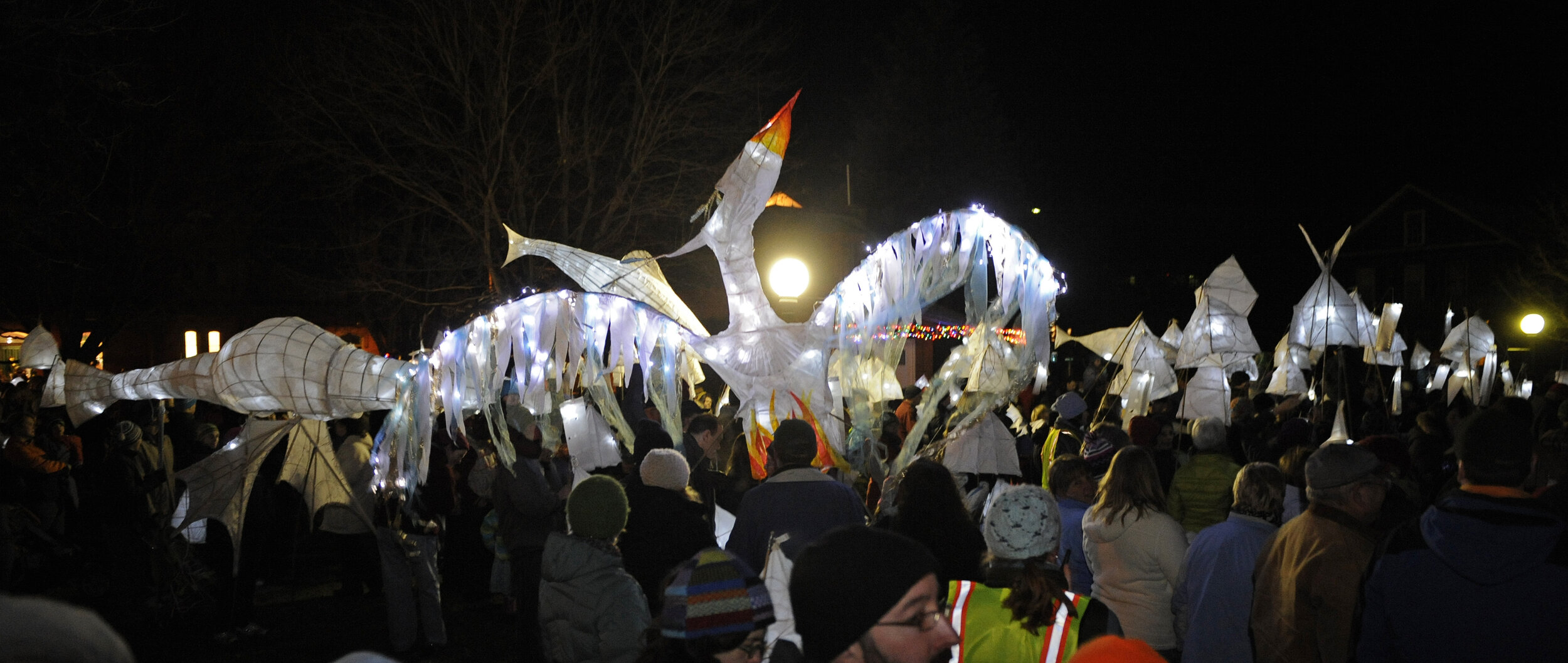Waterbury to Irene: ‘It made us stronger’
August 28, 2021 | By Lisa Scagliotti
Editor’s note: The following is included in ‘Irene Ten Years Later’ published this weekend in The Times-Argus. The special section looks back on Tropical Storm Irene in Vermont and the lessons learned from that disaster.
On Friday August 26, 2011, children at Hunger Mountain Children's Center on South Main Street in Waterbury helped their teachers rearrange and decorate their classrooms to prepare to switch from summer mode to preschool the following week.
When they left for the weekend, they didn’t know they would never return to play and learn and nap in the cozy two-story house that some had attended since infancy. In fact, those preschoolers would be in middle school in 2017 when children finally would return to the child care and preschool on South Main Street, more than five years into the recovery from Tropical Storm Irene.
Waterbury was among the Central Vermont communities that took a direct, hard hit from Irene. The Winooski River washed through the sprawling state office complex, nearby neighborhoods, and businesses up and down Main Street and the Route 2 corridor stretching from Moretown to Bolton.
As dirt roads, culverts and bridges in nearby Duxbury washed out, homes in downtown Waterbury and along the river in Duxbury had basements fill with river water and mud, many first floors flooded to kitchen countertops.
Those in the water’s path were evacuated, taking shelter with friends and family on higher ground, others inside Thatcher Brook Primary School nearby which was spared from floodwaters.
Many outside of the village were unaware until the next morning what destruction had befallen their neighbors. The Winooski Street bridge that connects Waterbury and Duxbury told the story that had unfolded overnight as entire trees, branches, and an assortment of debris sat lodged in the decking of the metal structure that sits about two stories above the Winooski River on a normal day. When the water receded, some 200 residential and commercial buildings awaited cleanup and repairs.
Everyday routines came to a halt as seemingly every able-bodied resident pitched in, taking direction from town officials and fanning out to homes of people they had never even met to begin the work of mucking out.
“I was truly amazed at the amount of help we all received from people we didn’t know not only from Waterbury but all over the state. It was truly comforting and helped you believe you were not in it alone,” recalled lifelong Waterbury resident Howard P. “Skip” Flanders. A resident of Elm Street, Flanders’ home he shares with wife Cathy was damaged by Irene as the Wesleyan United Methodist Church on Main Street where he is an active leader of the congregation. On top of those impacts, Flanders was one of three village trustees at the time of the storm, adding duties as an elected official in the aftermath of the disaster.
“It shocked me in one way, but not. People who you would see at select board meetings arguing on different sides of some issue - it didn’t matter then what side you were on. Everyone was just pitching in and helping each other together,” recalled MK Monley whose day job at the time was art teacher at Thatcher Brook Primary School.
One of her volunteer roles was president of the nonprofit Revitalizing Waterbury economic development group. RW, as it’s called, stepped in to form a short-term project called ReBuild Waterbury that raised over $1 million, and hired a case manager, construction manager, and volunteer coordinator. Its work was to assist homeowners put back their homes and bridge the financial gap between what insurance and disaster relief payments offered.
Monley’s workplace, the primary school, was first shelter, then the response center, and then the municipal offices into November 2011. Once Federal Emergency Management Administration responders left Waterbury, municipal staff moved into the upstairs of the downtown fire station which had only been built and opened weeks before Irene. Town staff worked there until 2016 when the new town offices were completed.
Flanders remembers how St. Leo’s Hall at the Catholic Church down the street stepped up as a gathering place in the days and weeks following the storm. “The community meals by the Red Cross at St Leo’s were very helpful for many reasons and a source of mental support, he said.
Ten years later, the memories come flooding back fresh as Waterbury residents today survey their community not just intact but with many significant improvements that have happened in the decade since Irene.
The historic Henry Janes house at the gateway to the town on North Main Street overlooks the park and ballfields that once were the family farm of the local Civil War surgeon and local benefactor. But today the 19th-century doctor’s home is a local museum and attached to it is a brand new municipal office complex and public library, the result of post-disaster construction.
The previous town office building on Main Street was destroyed by floodwaters. The $5 million project to rebuild produced a modern facility with a community meeting room and a brand-new library, a project the community had on its to-do list for years but had not managed to tackle until Irene recovery.
The state took a similar tack, demolishing some 20 buildings at its downtown complex and constructing a $125 million 21st-century office facility after significant earth moving along the Winooski in anticipation of withstanding future floods. Changes at the state complex opened the door for new affordable housing by Downstreet Housing and the Hunger Mountain Children’s Center eventually returned after purchasing its former building that it leased from the state and the one next door and reconstructing them into a larger, modern child care and preschool that the nonprofit now owns.
ReBuild Waterbury ended up assisting 105 homeowners with repairs and renovations in Irene’s wake, in many cases including features to prepare for possible future flooding such as moving key systems like electrical panels in upper floors rather than basements and securing fuel tanks; some were literally raised several feet to sit higher on their lots.
Likewise local officials took steps to be better prepared for future emergencies like adding generators to the primary school and the new town offices, Shepeluk said.
Municipal Manager Bill Shepeluk looks back now and appreciates the push to build back better than what was in place before Irene. The library is a good example. “Maybe we would have eventually upgraded [the library] but the original building was not adequate,” he said. “People ask if I could go back in time, would I do it again. I would not want to go through Irene again. Physically and emotionally, it took a toll on me and many of us. But a lot of good came out of it.”
Flanders agreed. “We all went through a lot reconstructing our homes and buildings, but we made improvements that would not have happened otherwise. That is true at my house and at the Methodist church. These improvements will benefit the properties and the occupants on into the future, but I hope we don’t have to do it again,” he said.
Monley echoed those sentiments and also reflected on how the experience built more than just brick-and-mortar improvements. “New friendships were made,” she said, noting how she and her husband, Don Schneider, who was principal at the primary school at the time, took in a displaced family. That bond remains strong still, she said. “I think we learned we could count on each other when things are hard.”
Flanders said an experience like Irene transforms more than just the physical environment. It left an indelible mark, he said, that affects one’s outlook and instills empathy. “Every time I see a flood on TV I know the long hard road those people have to face once the water goes down and the news reports fade,” Flanders said. “Then the real help is necessary and the hard work begins.”
* * * * *
On a parallel track during flood recovery and reconstruction at a myriad of construction sites around downtown Waterbury, state and local governments rolled ahead with multiple road and transportation infrastructure projects. If it feels as if there’s been road construction happening for much of the past decade in Waterbury, it’s because it has.
Shepeluck ticked off the list: construction of the roundabout at the junction of Routes 2 and 100; replacement of the Interstate 89 bridges; Route 2 and 100 reconstruction between Waterbury and Bolton to the west and Stowe to the north; the recent Main Street reconstruction that included water and sewer system replacement.
“It’s an incredible amount of work that’s happened in a decade,” he said.
Three years of work on the Main Street project has just come to an end Friday’s ribbon-cutting marked that milestone along with the Irene anniversary. Part of that commemoration will revisit a 2012 project done just one year after the storm.
An artist and art educator, Monley characteristically turns to creative expression in everything she does. Flood recovery was no different. “The Floodgates Art Project was one of the most powerful exhibitions I have ever been a part of,” she said. From a simple idea of distributing six-by-six inch plastic tiles to community members came this presentation of hundreds of personal, detailed works of art using every medium imaginable as people of all ages shared their thoughts and reactions to the disaster.
“This art project allowed people the opportunity to process their experiences,” Monley said. “I myself must have made a dozen different pieces all expressing different aspects of what I had been dealing with - from teaching full-time, to starting ReBuild Waterbury and attending nightly meetings at least four a week in the early days; and then having a family live with us for seven months. It was a lot.”
The pieces went on display in the Elm Street space now occupied by the Craft Beer Cellar store in 2012 on the first anniversary of Irene. One of Monley’s entries bore a simple haiku that she said still holds true today:
Vermont to Irene:
That thing you did in August
It made us stronger
Recently, dozens of the pieces were unpacked from Monley’s barn and installed at Axel’s Frame Shop and Gallery on Stowe Street where they will be on view until Sept. 25.
That’s also the spot where the two-story mural mounted on metal to the exterior building wall, “Phoenix Rising,” has now taken residence. The image created by artist Jessi Zawicki was inspired by the community’s resilience and transformation in the past decade.
Schneider, now a retired primary school principal, said that resilience and transformation is real. “Our town now has a quiet confidence that we can lick anything,” he said.
This video documents the 2012 After Irene: Floodgates Art Project exhibition led by MK Monley and Waterbury artist and designer Michael Valente who passed away in 2017.

